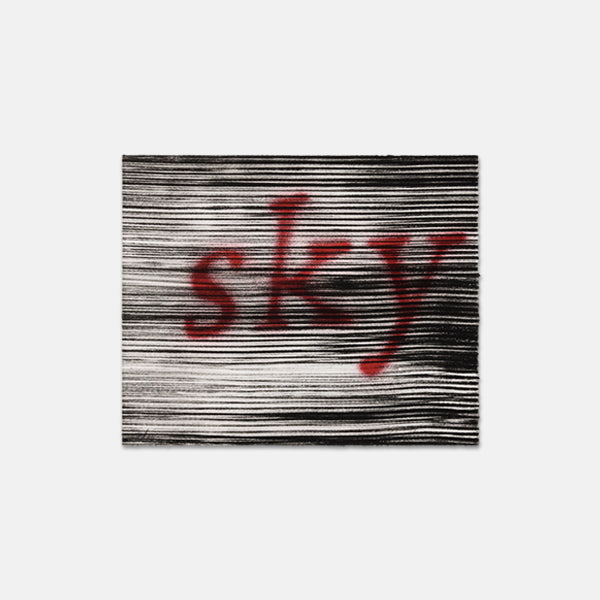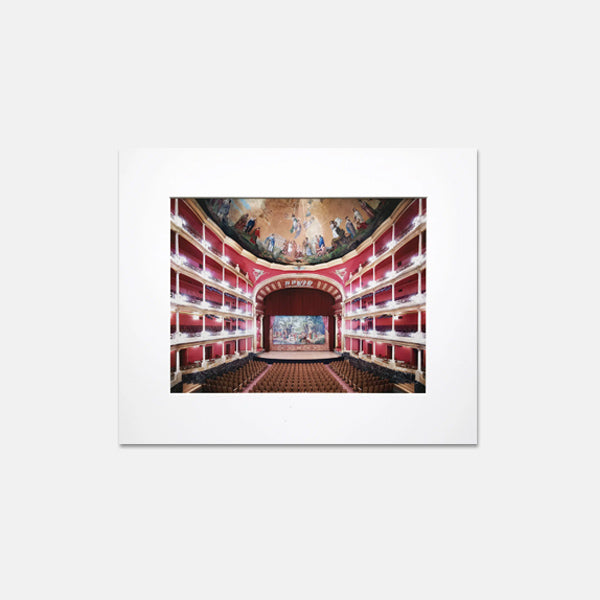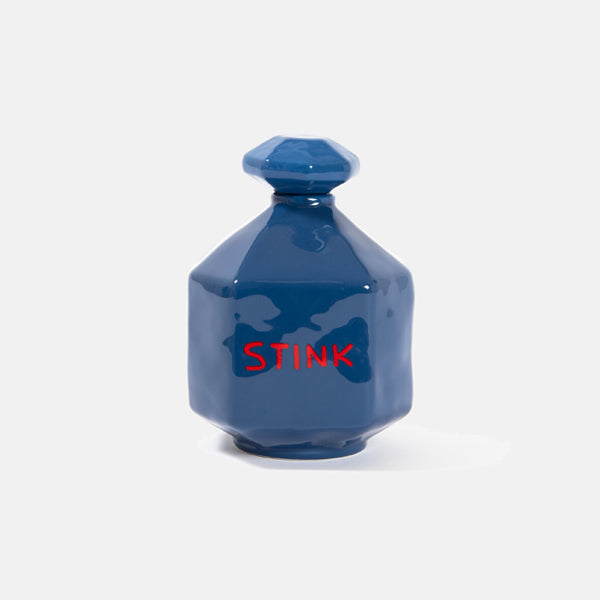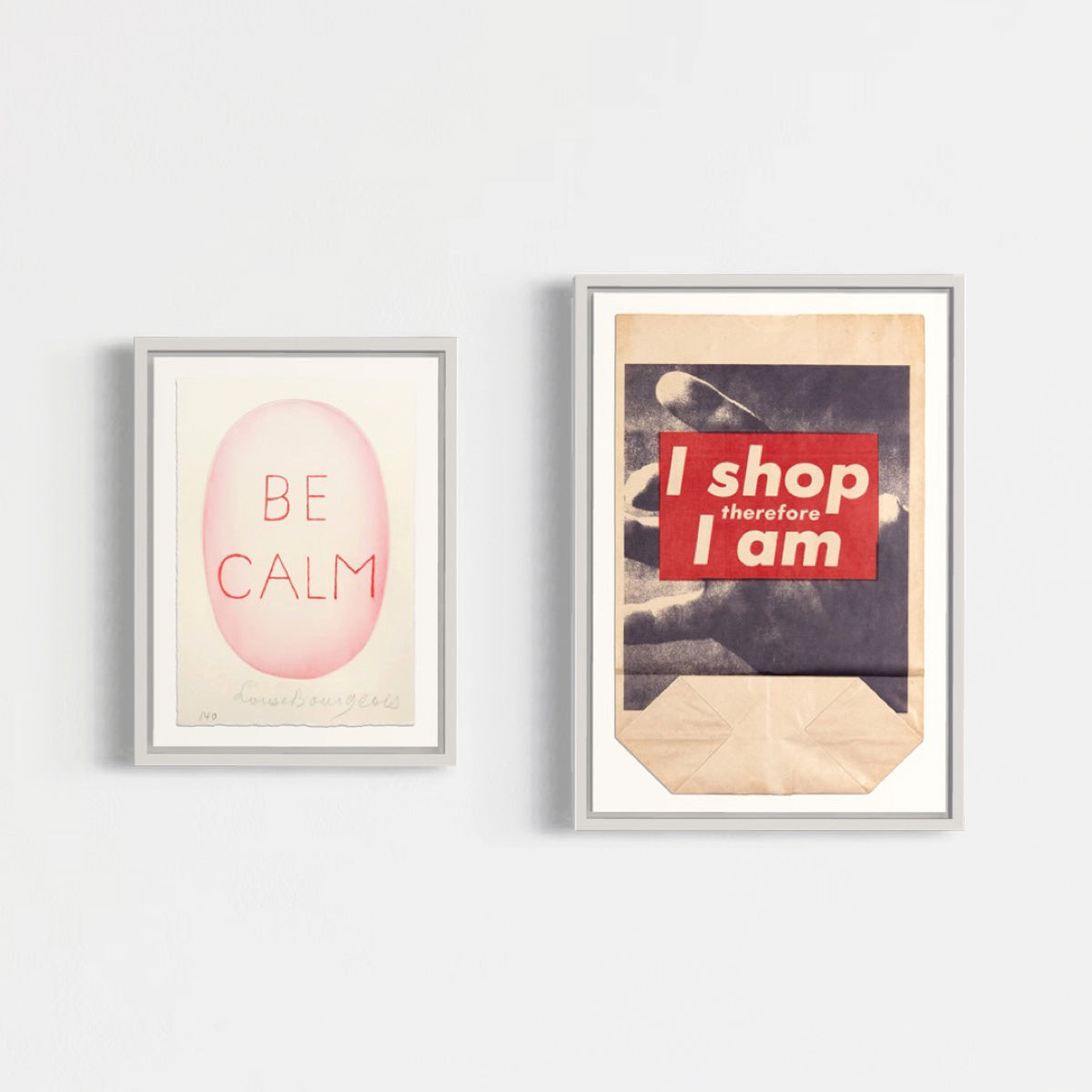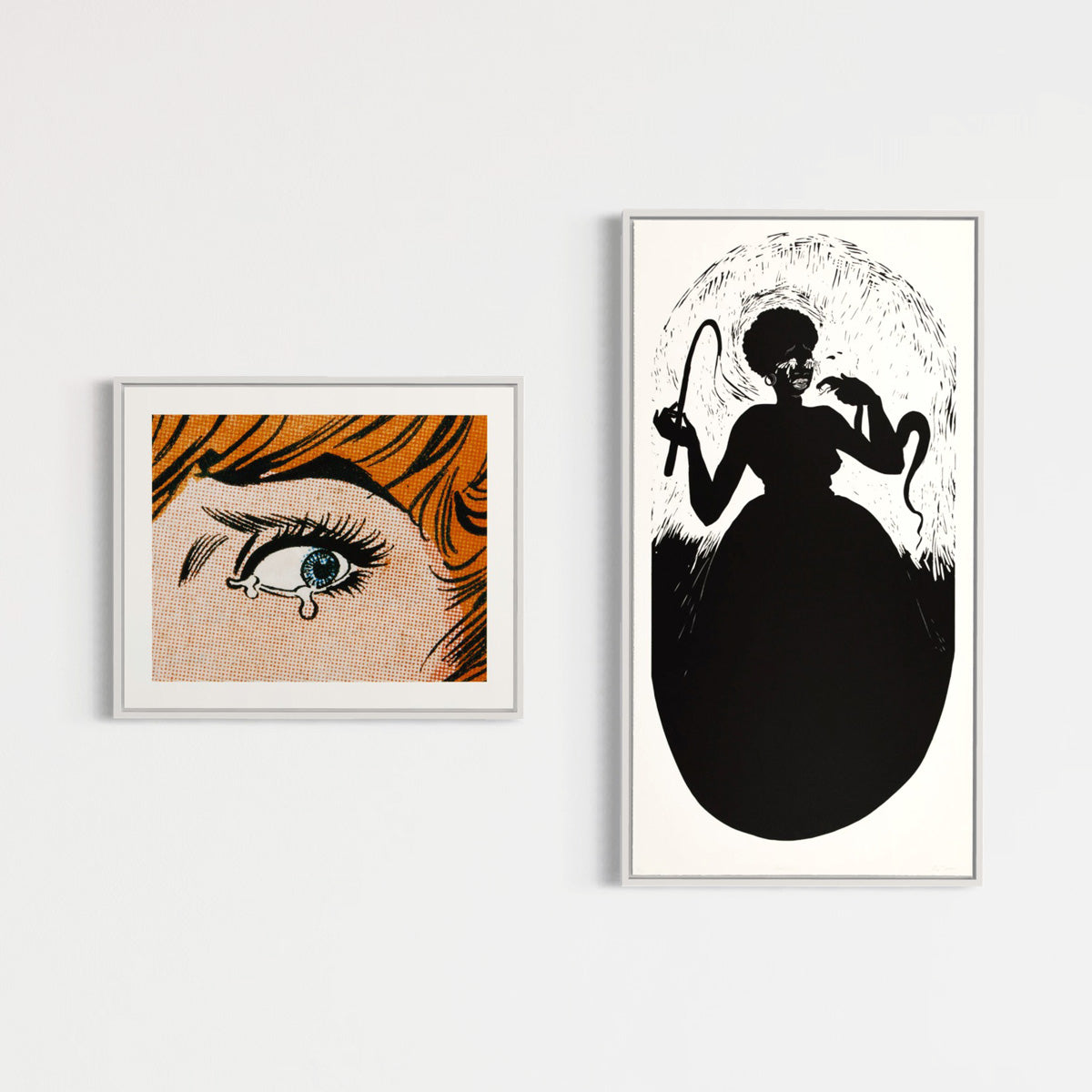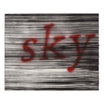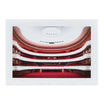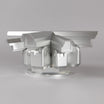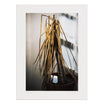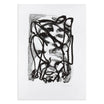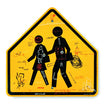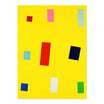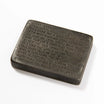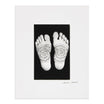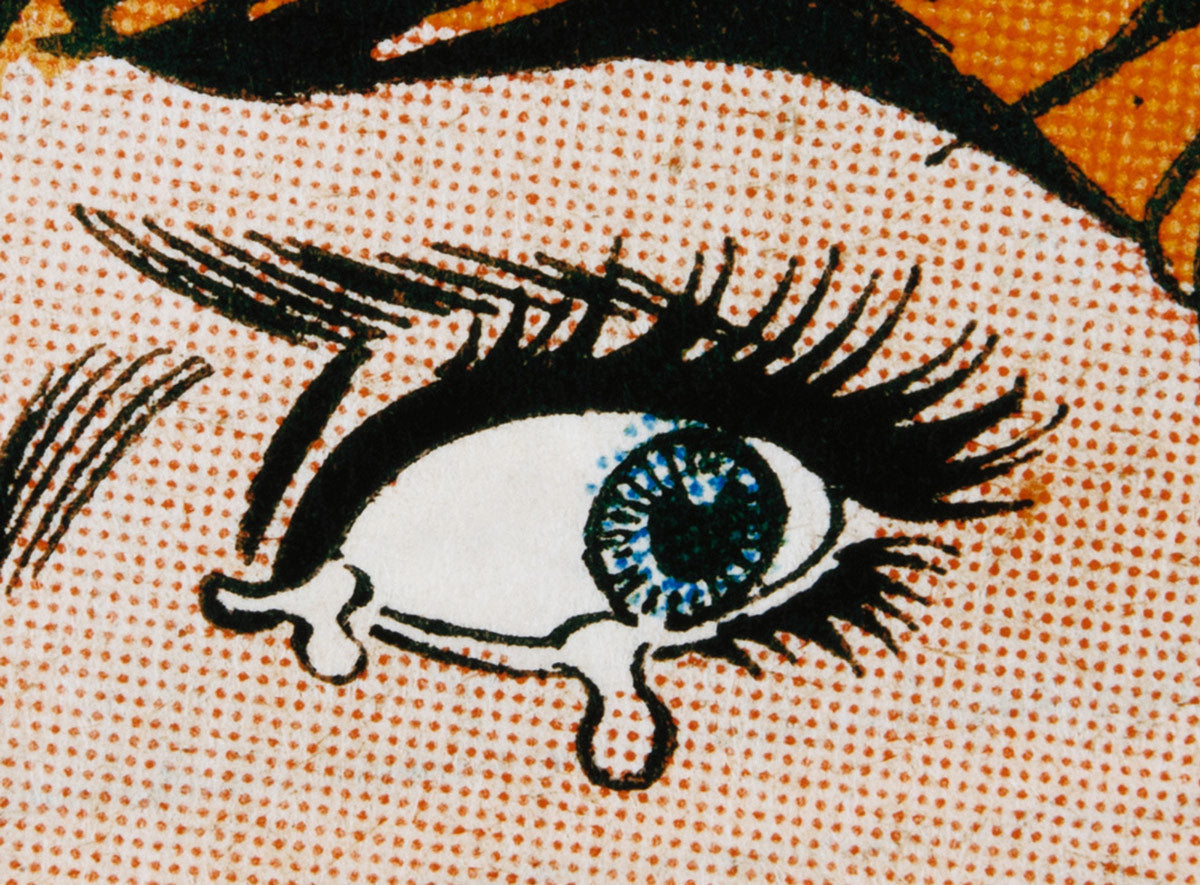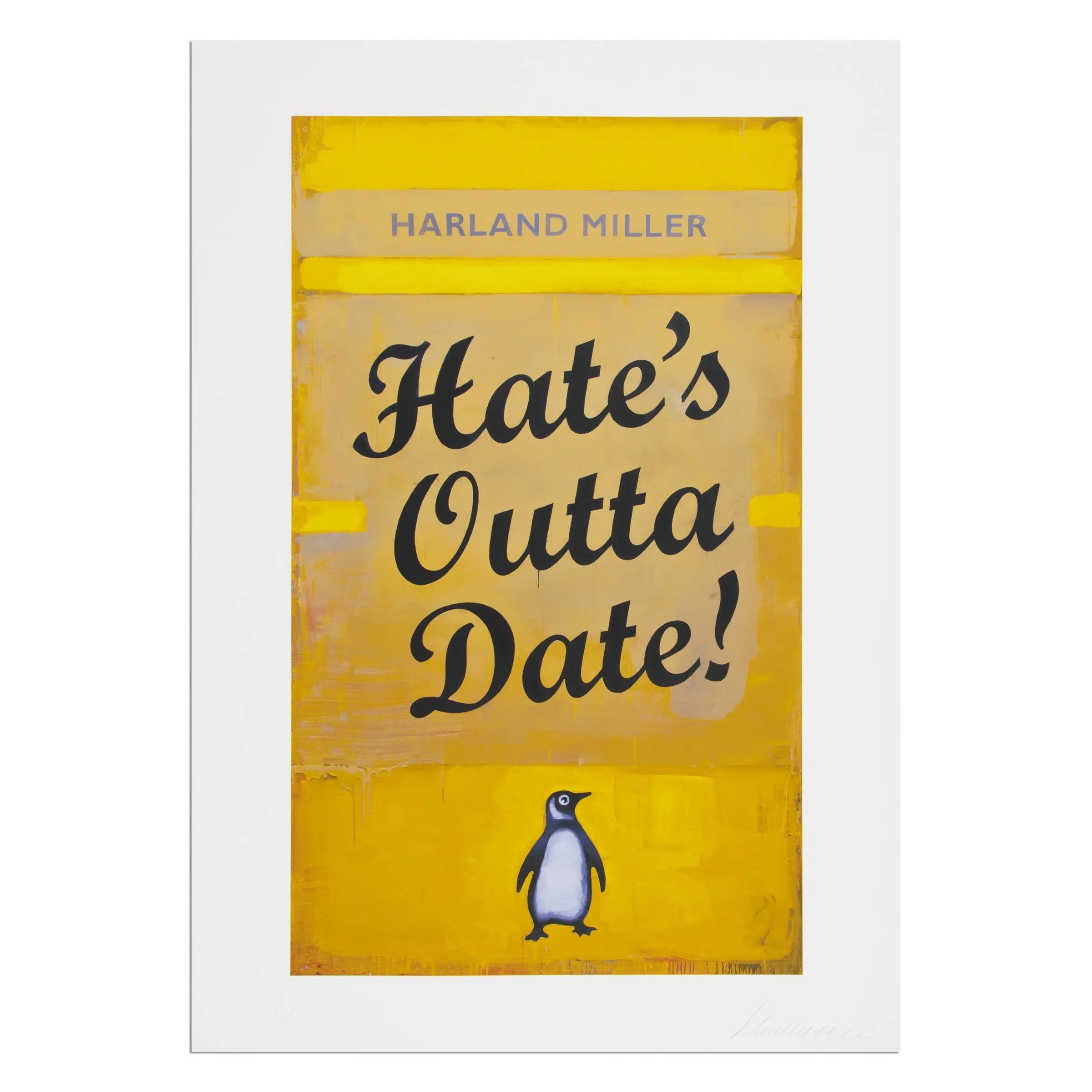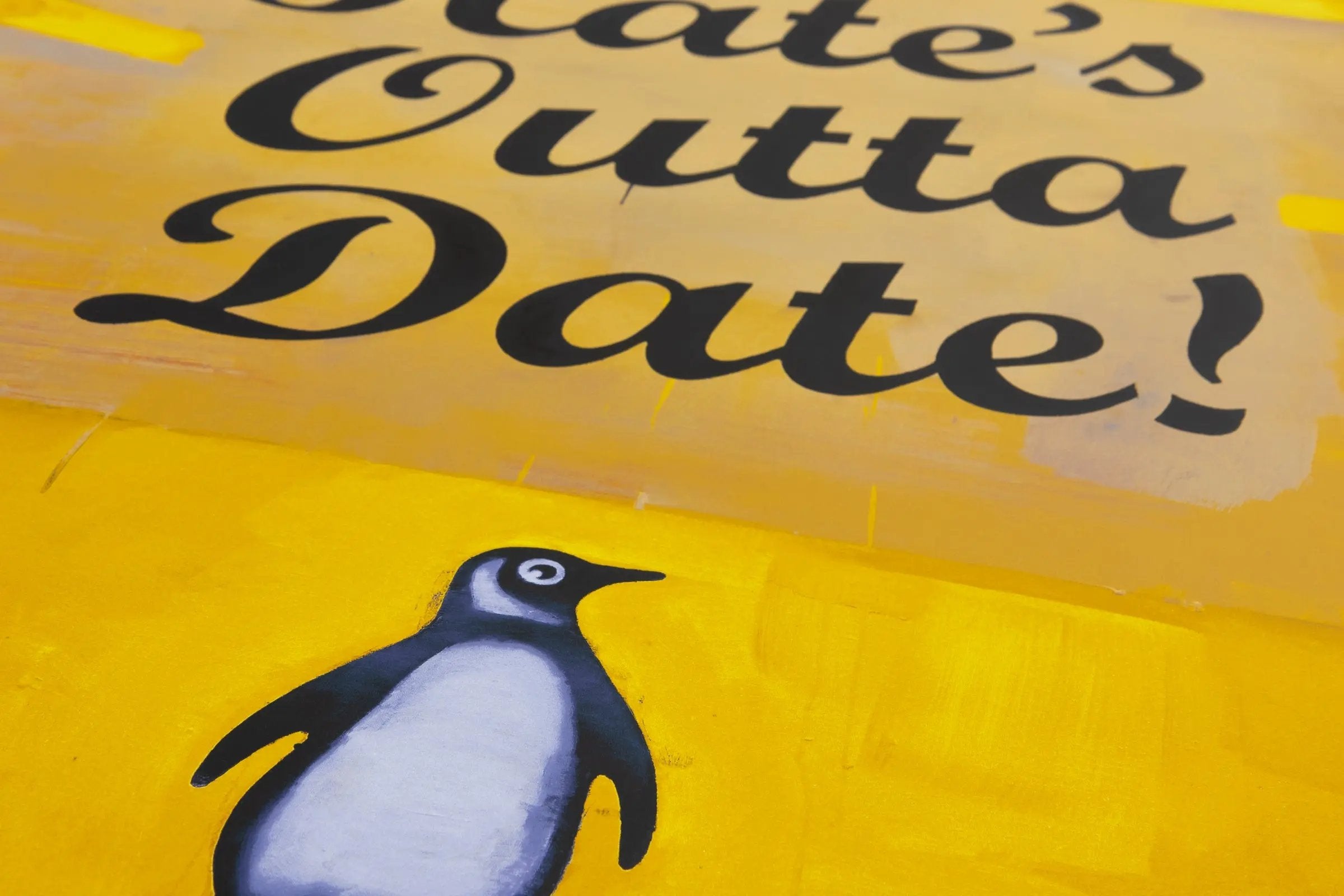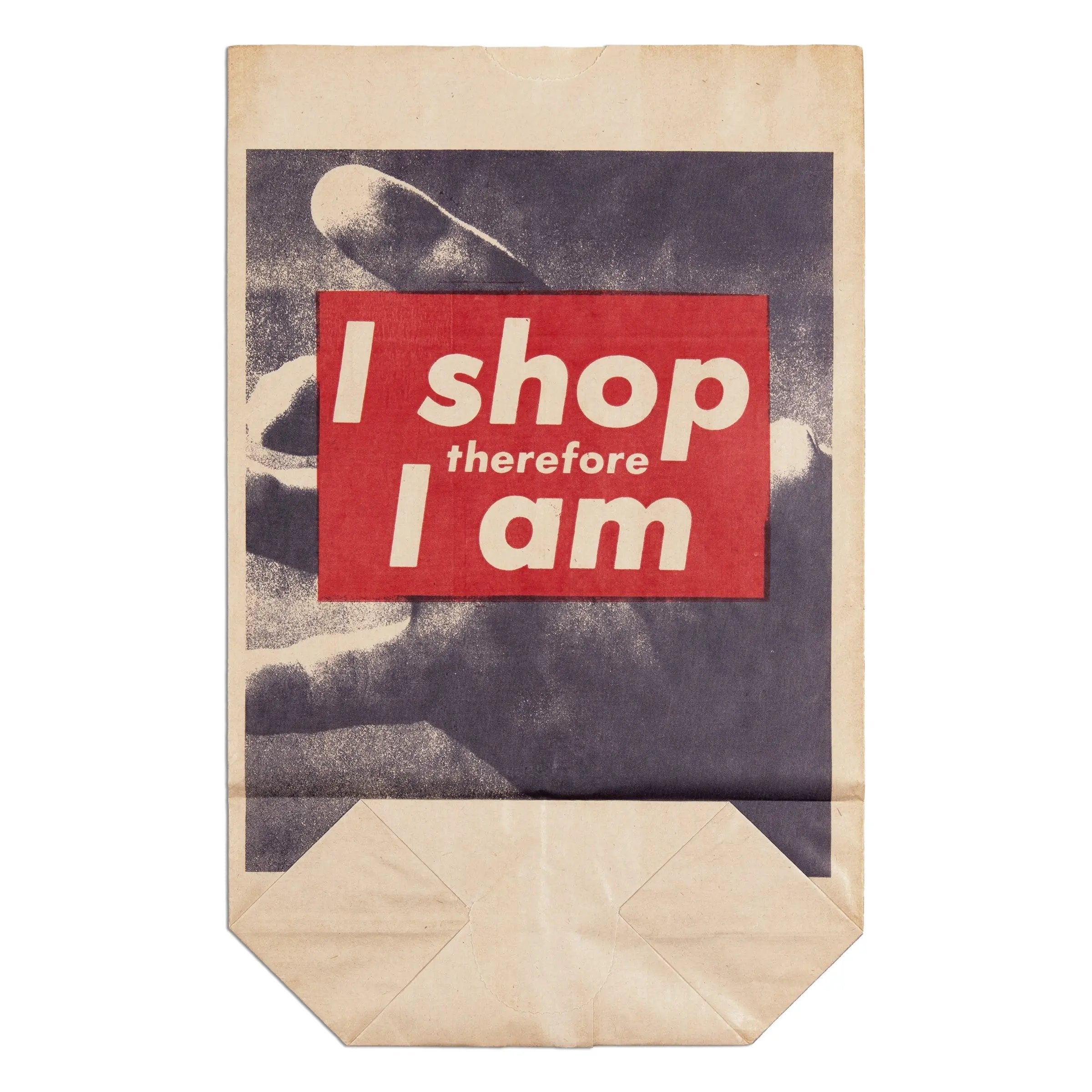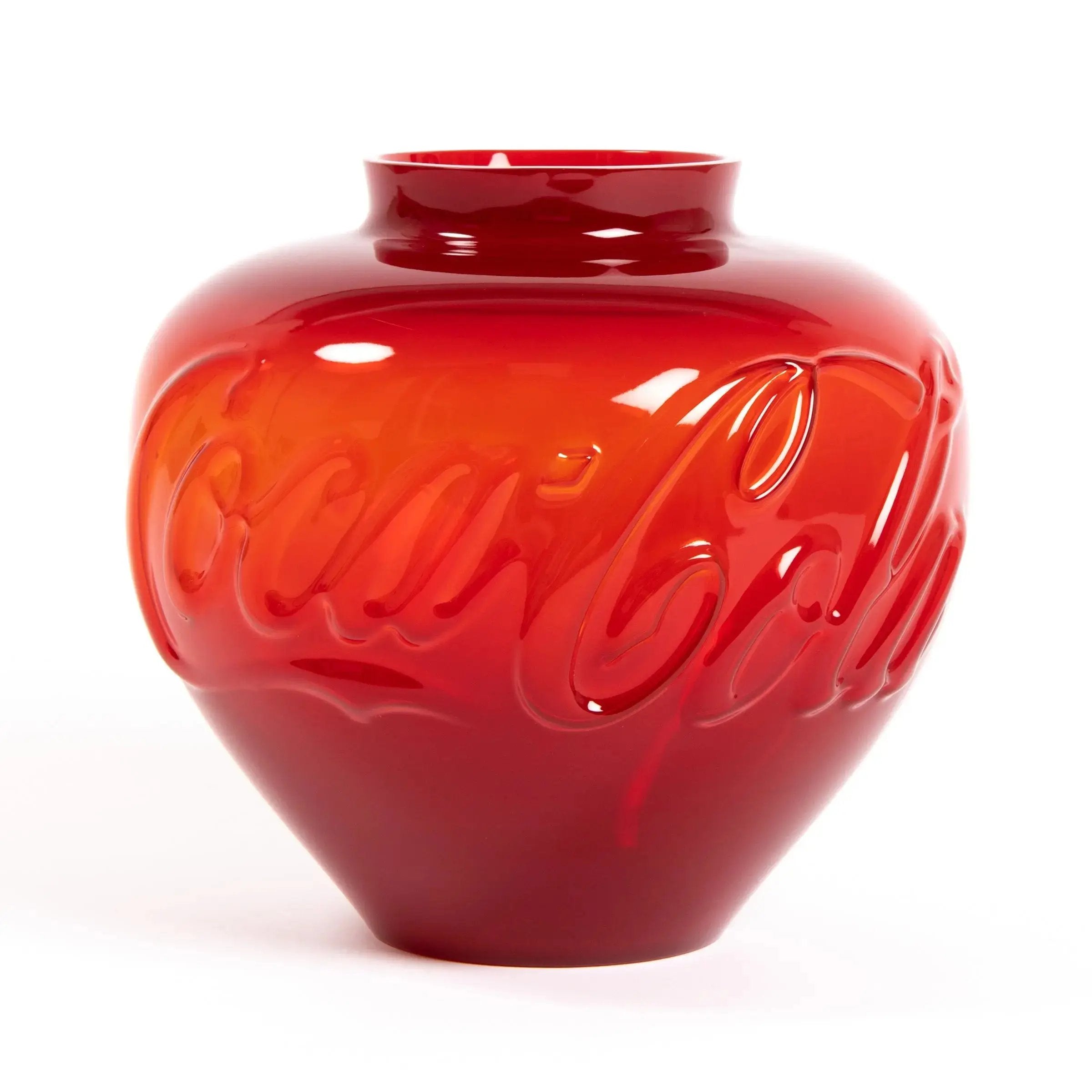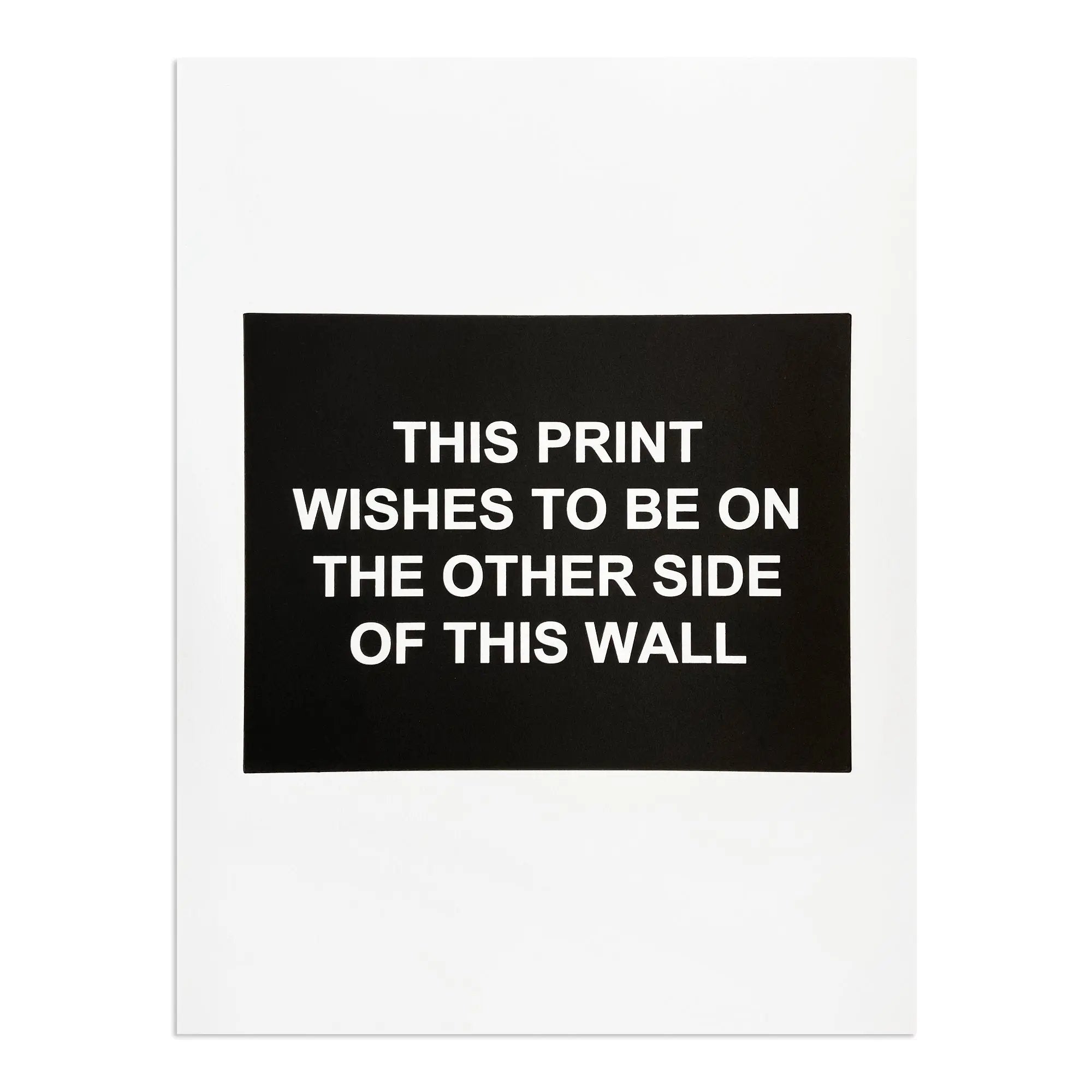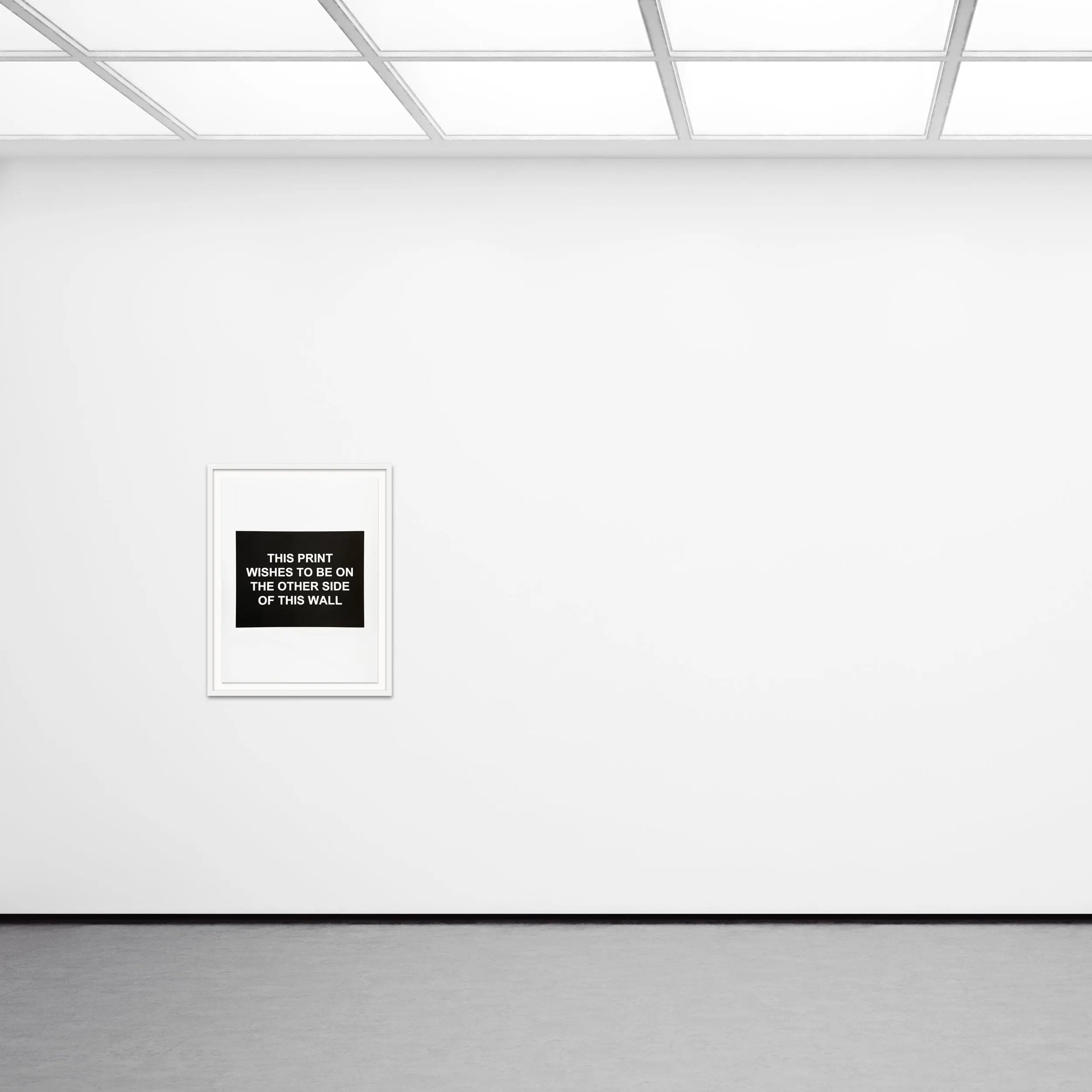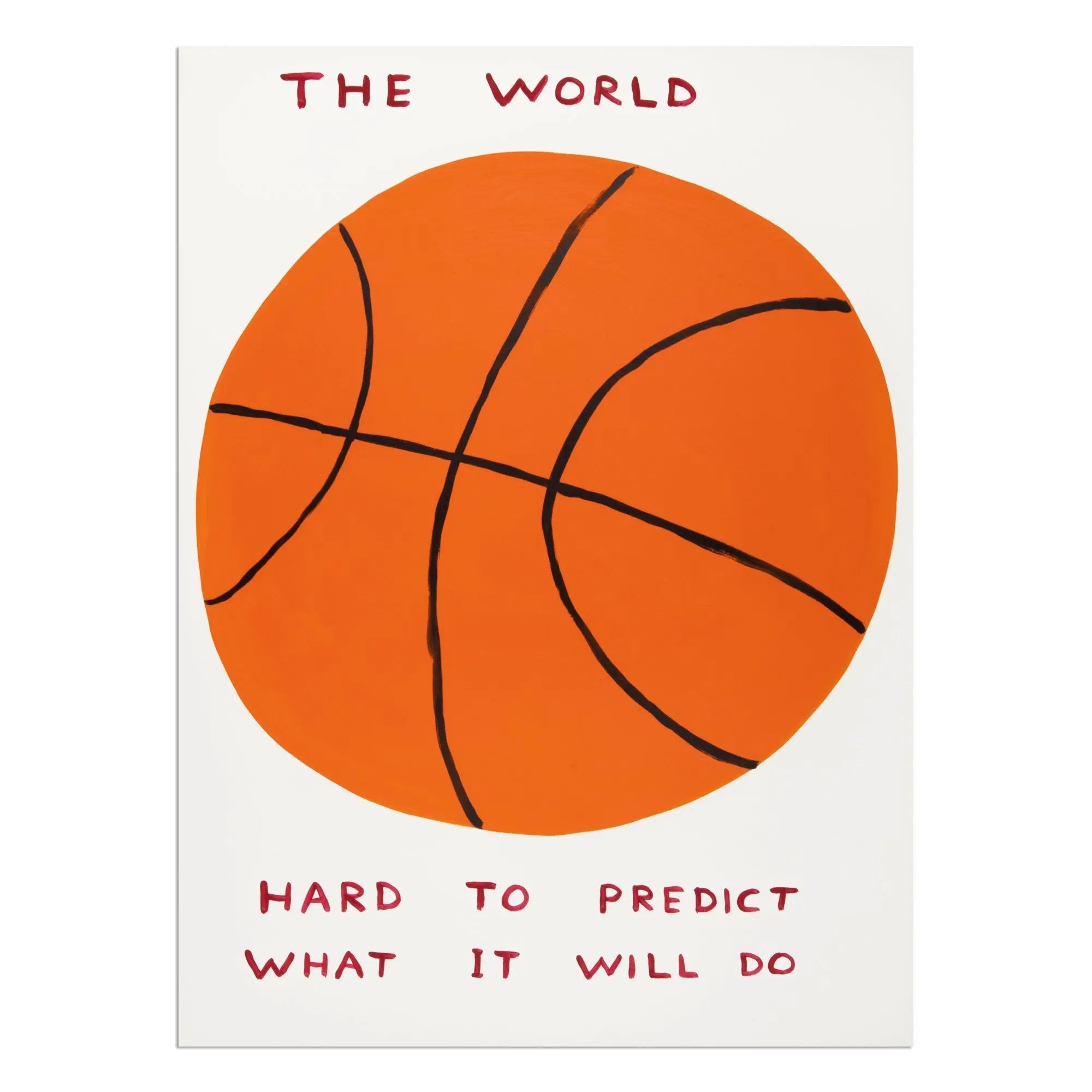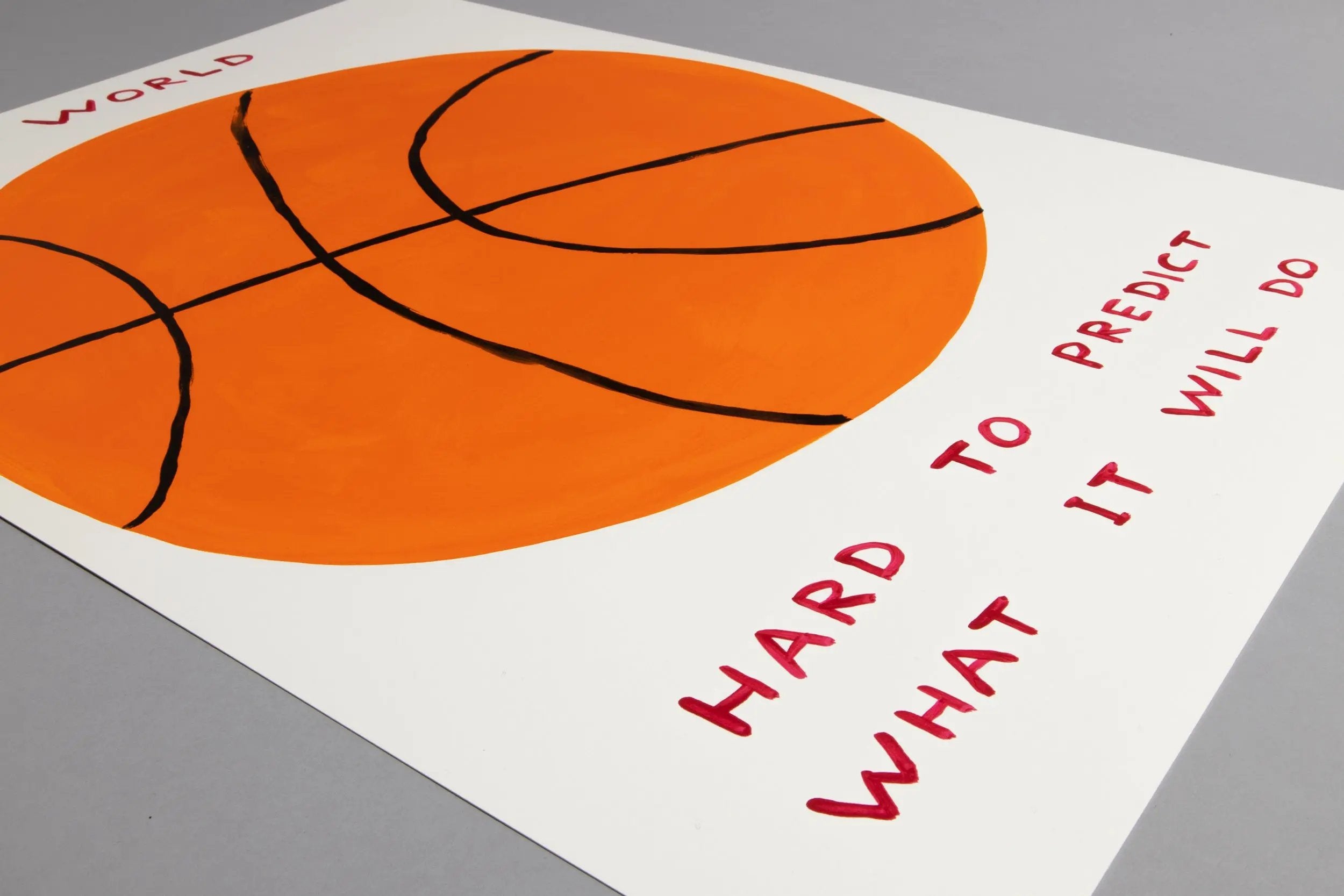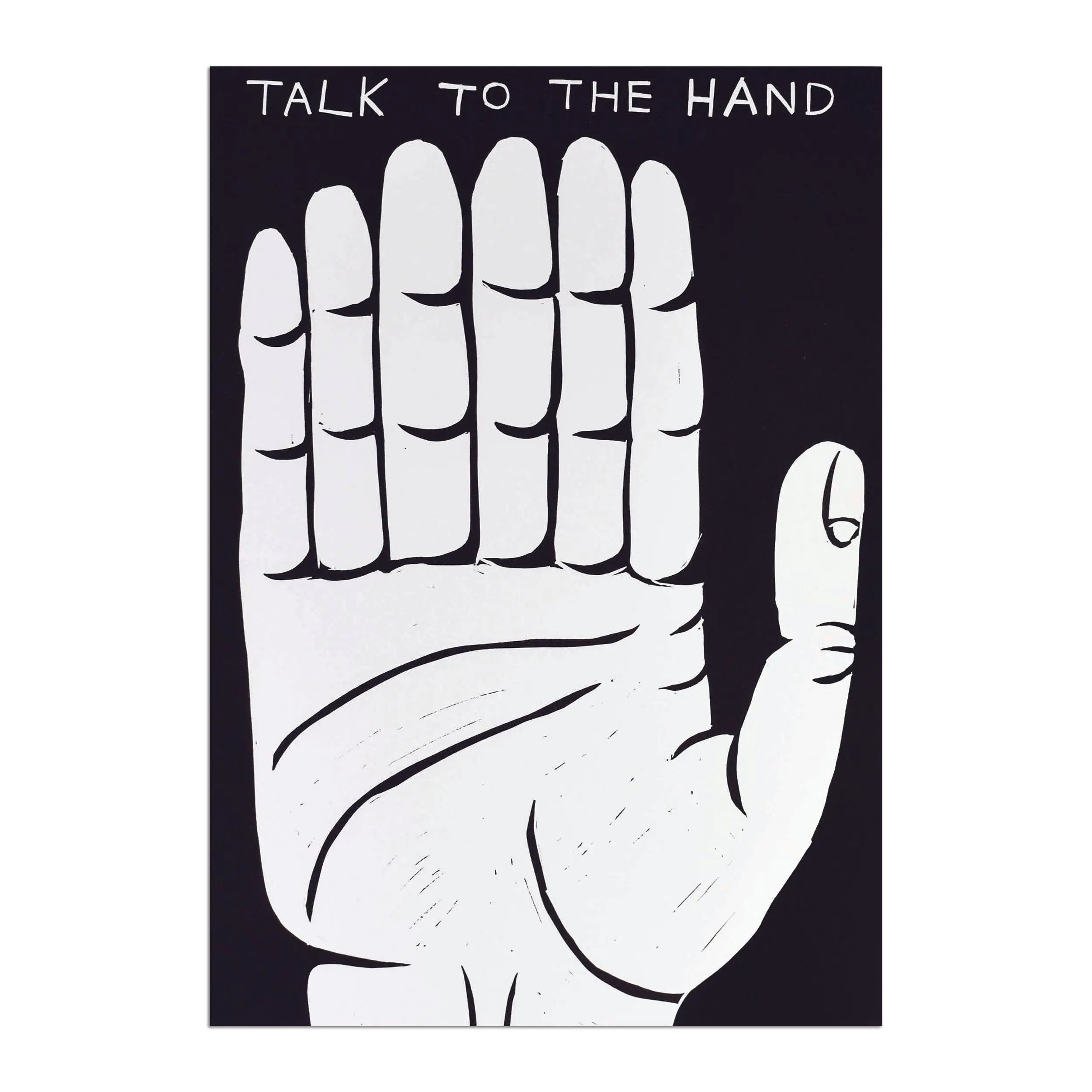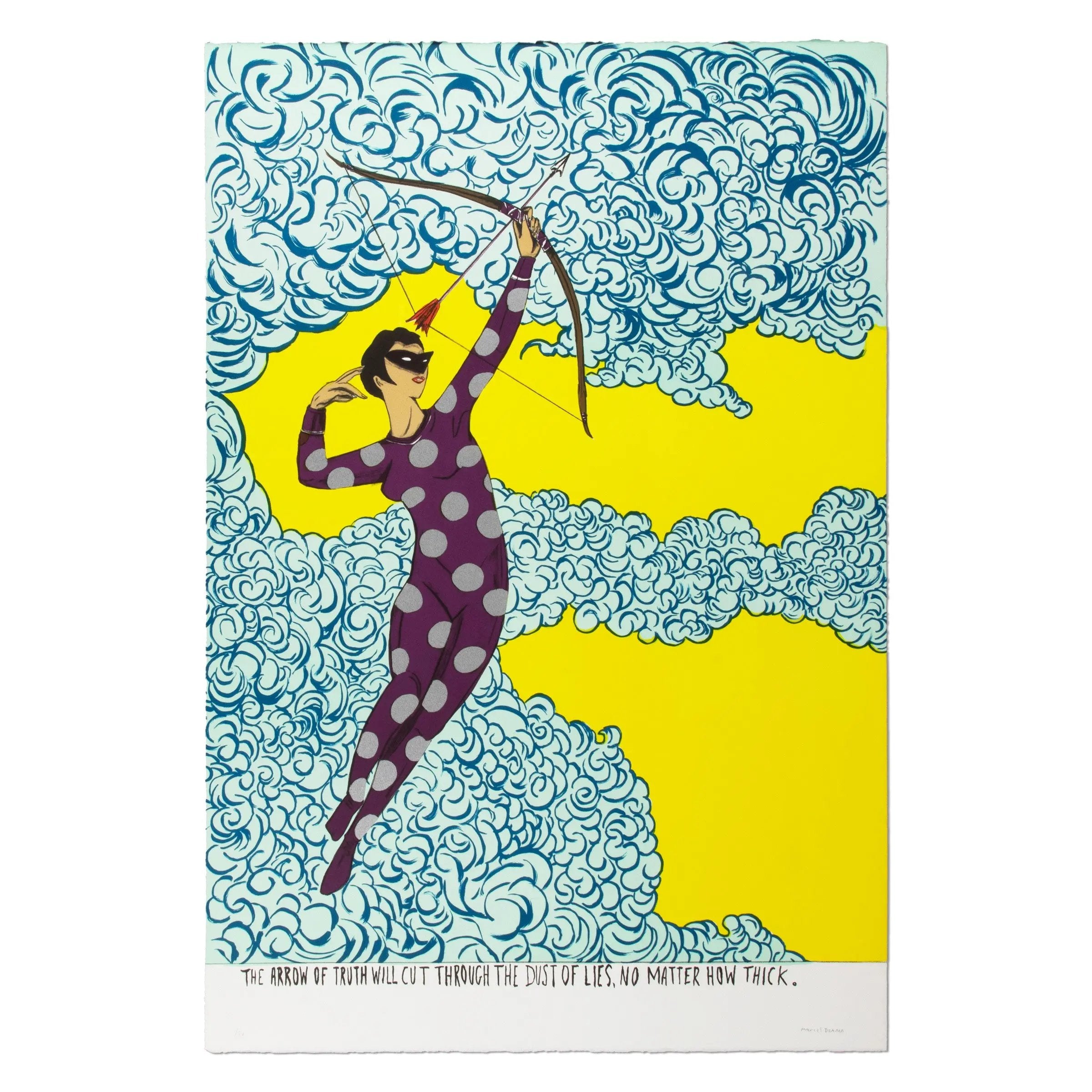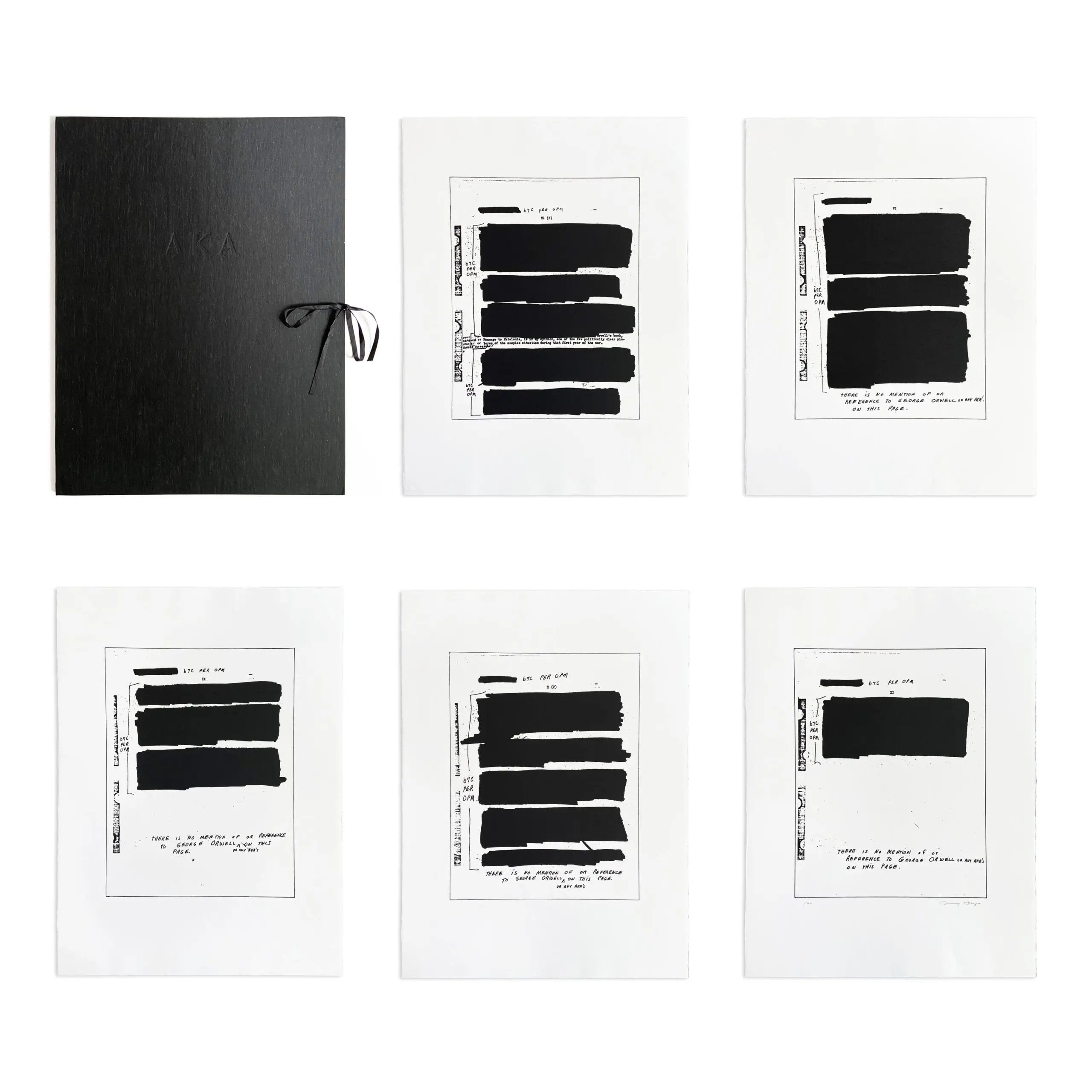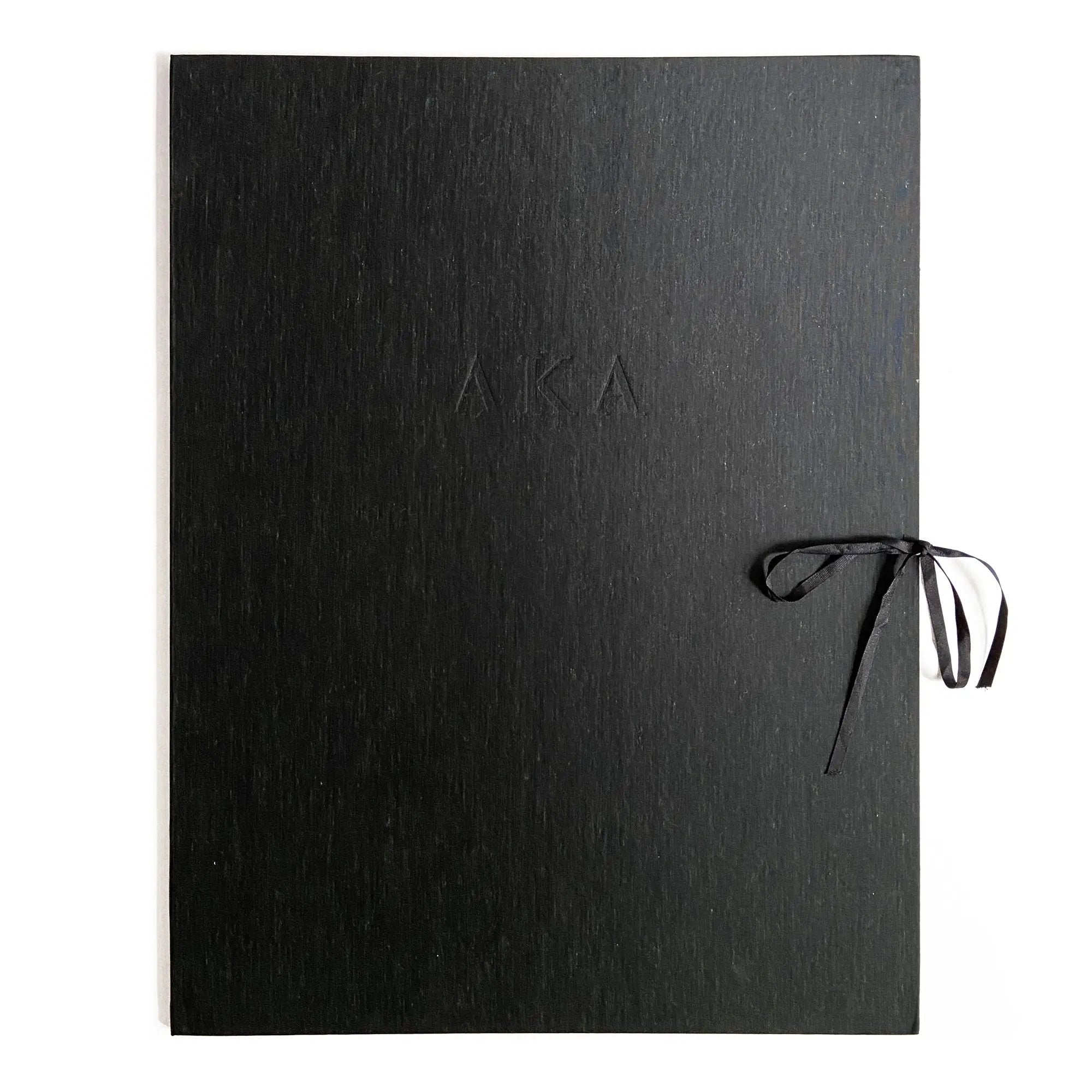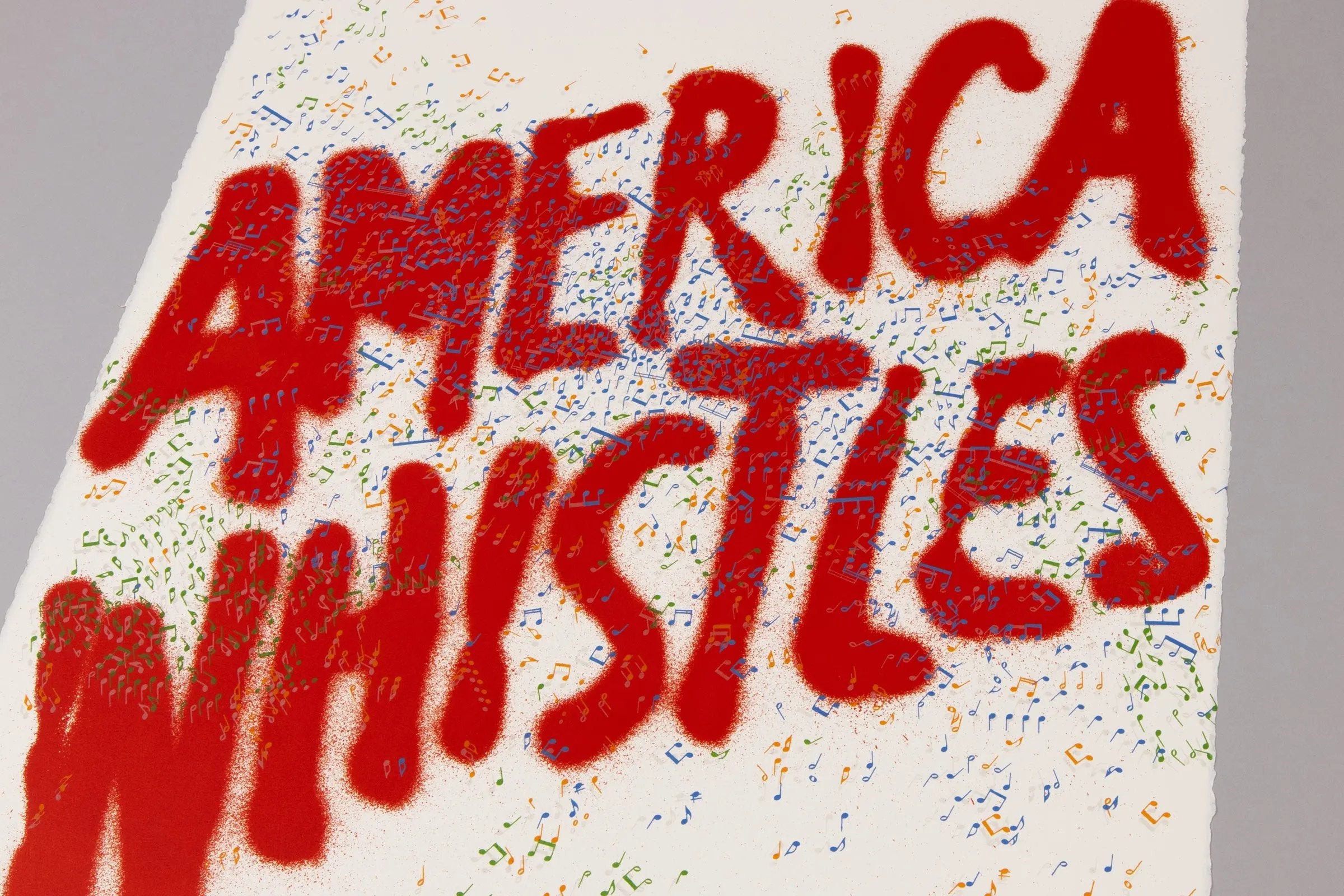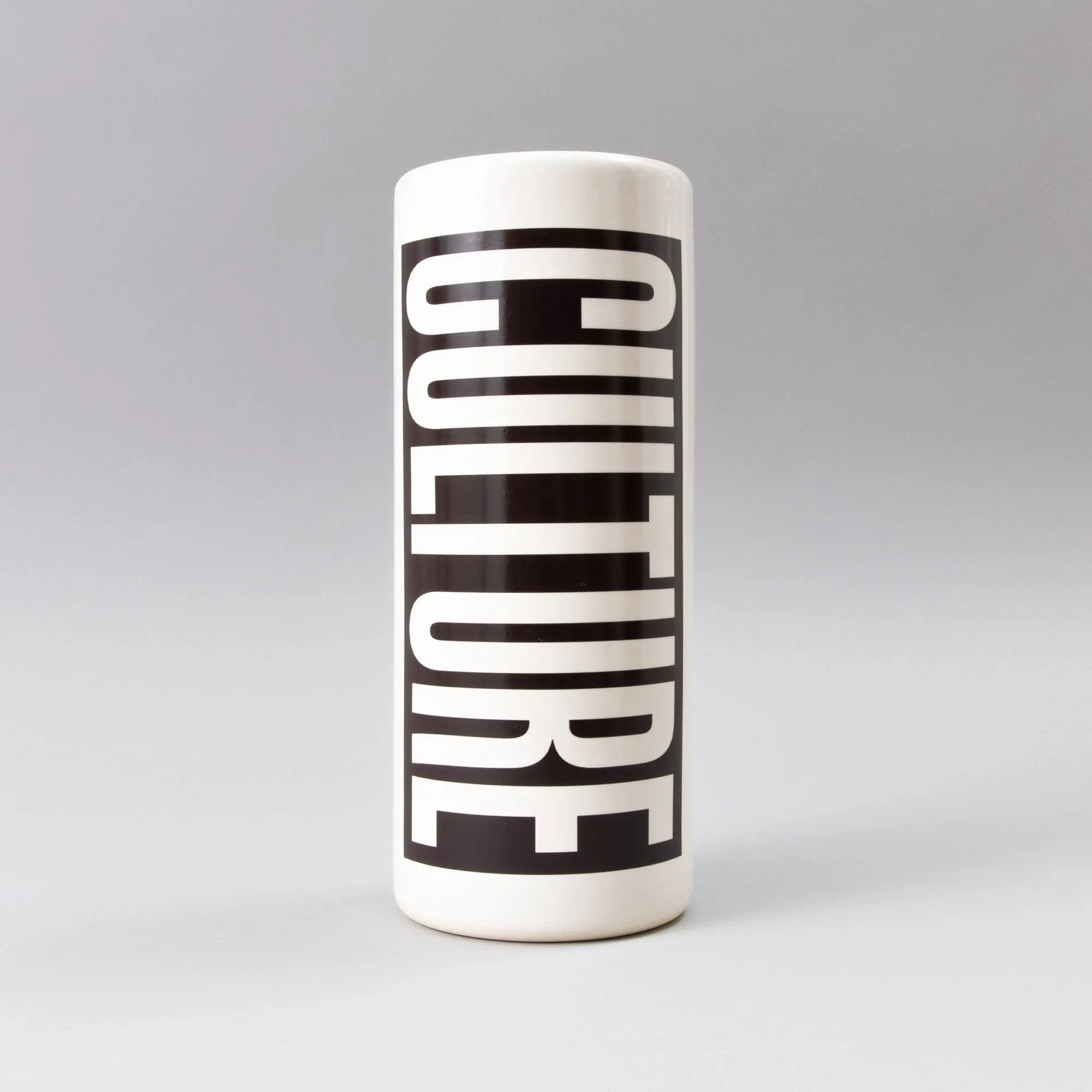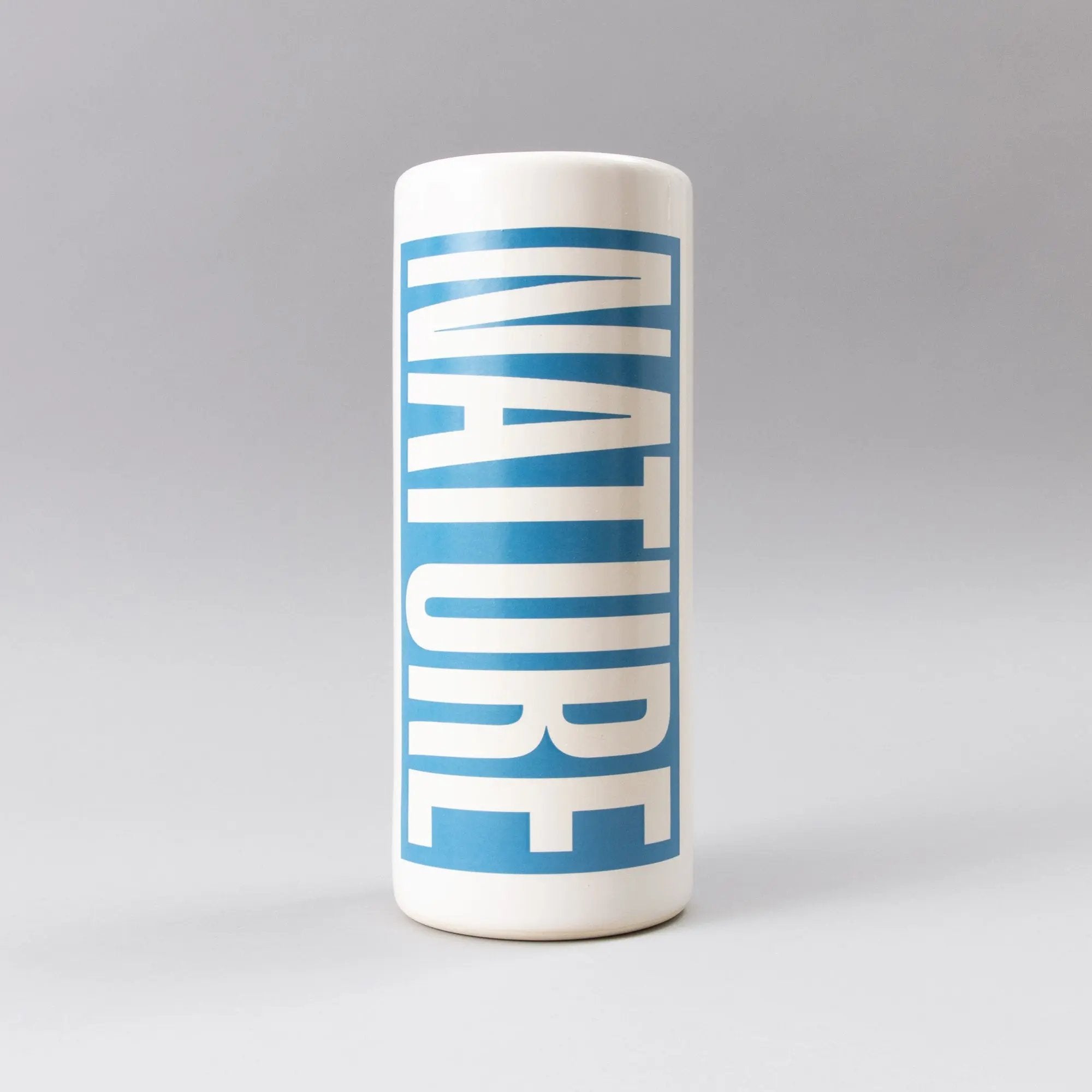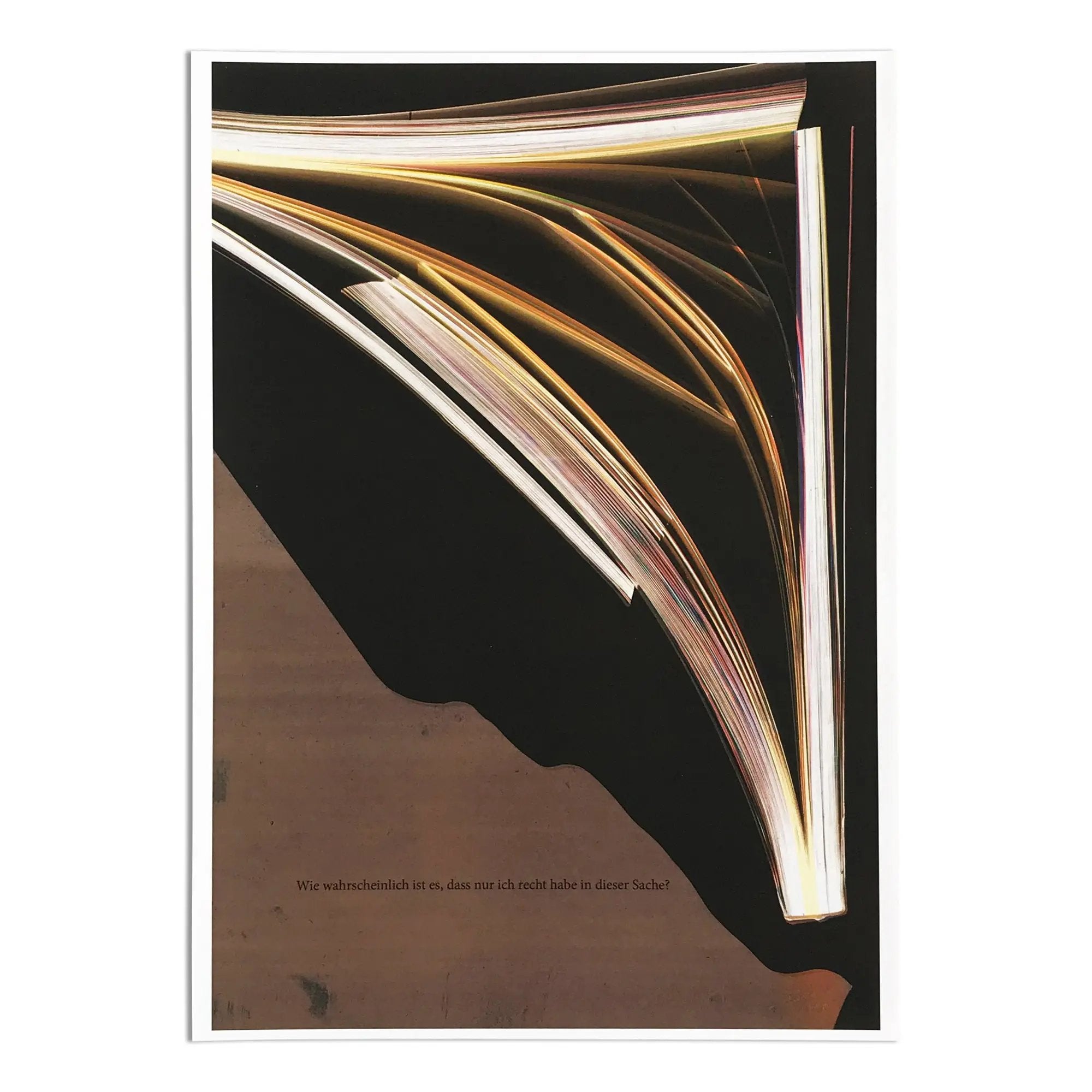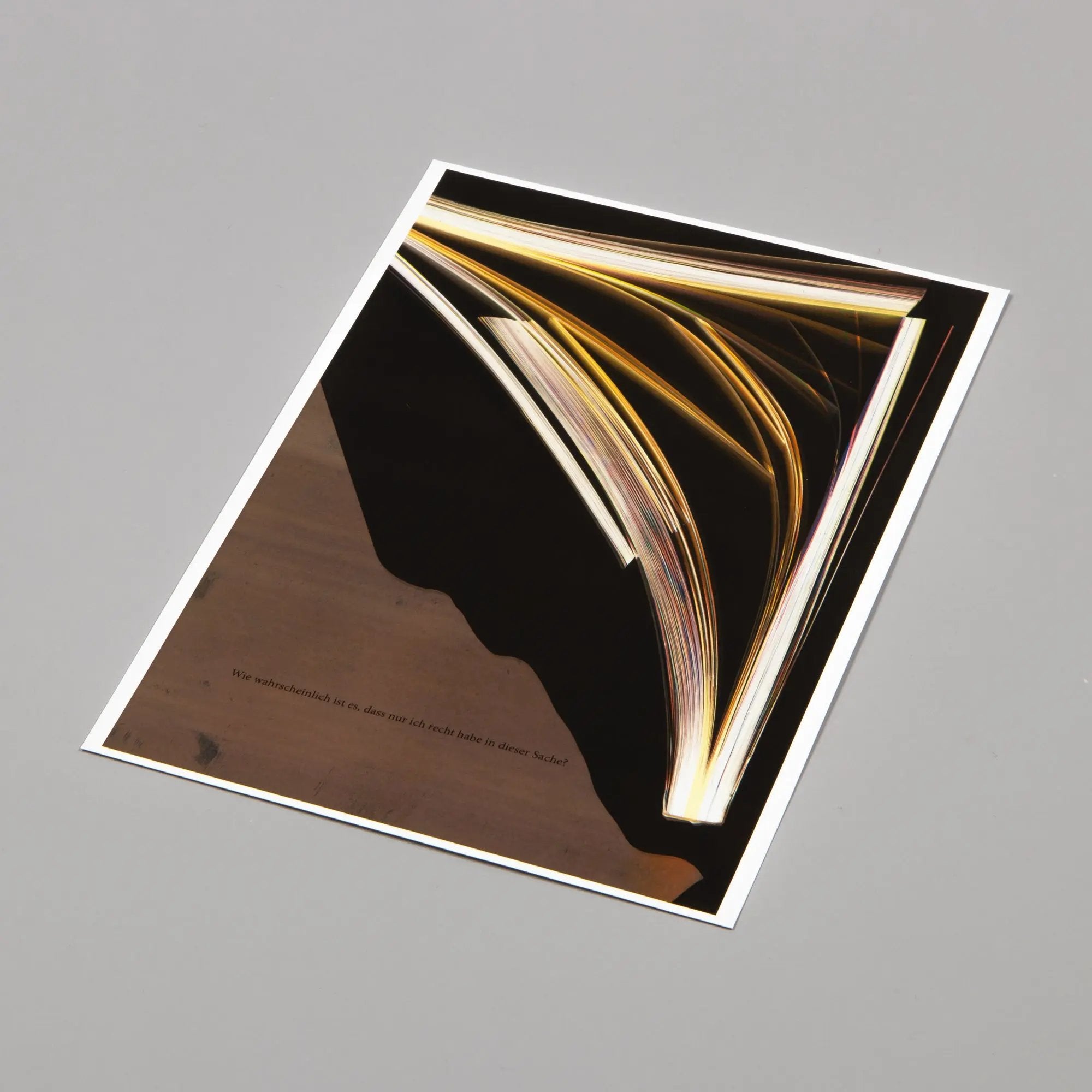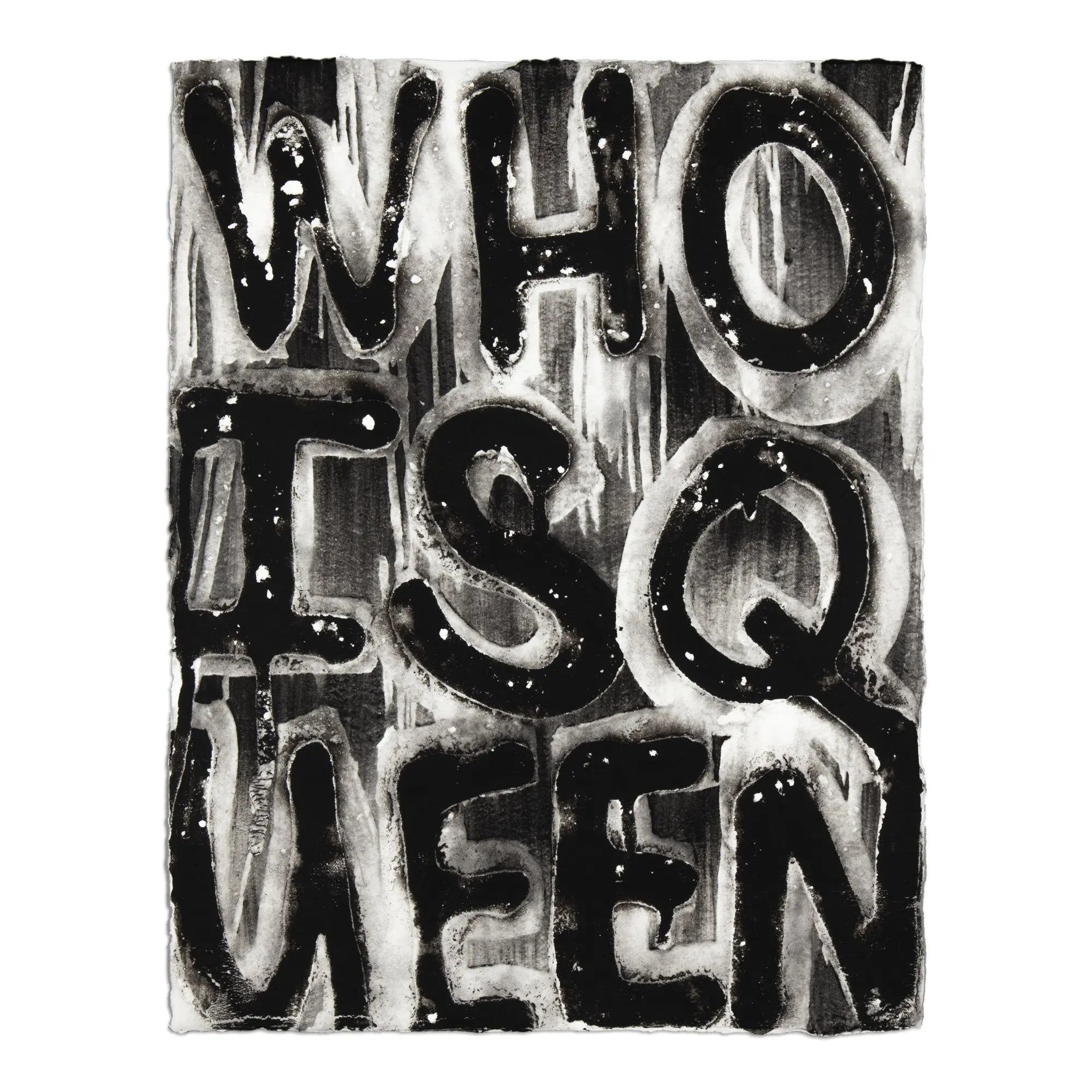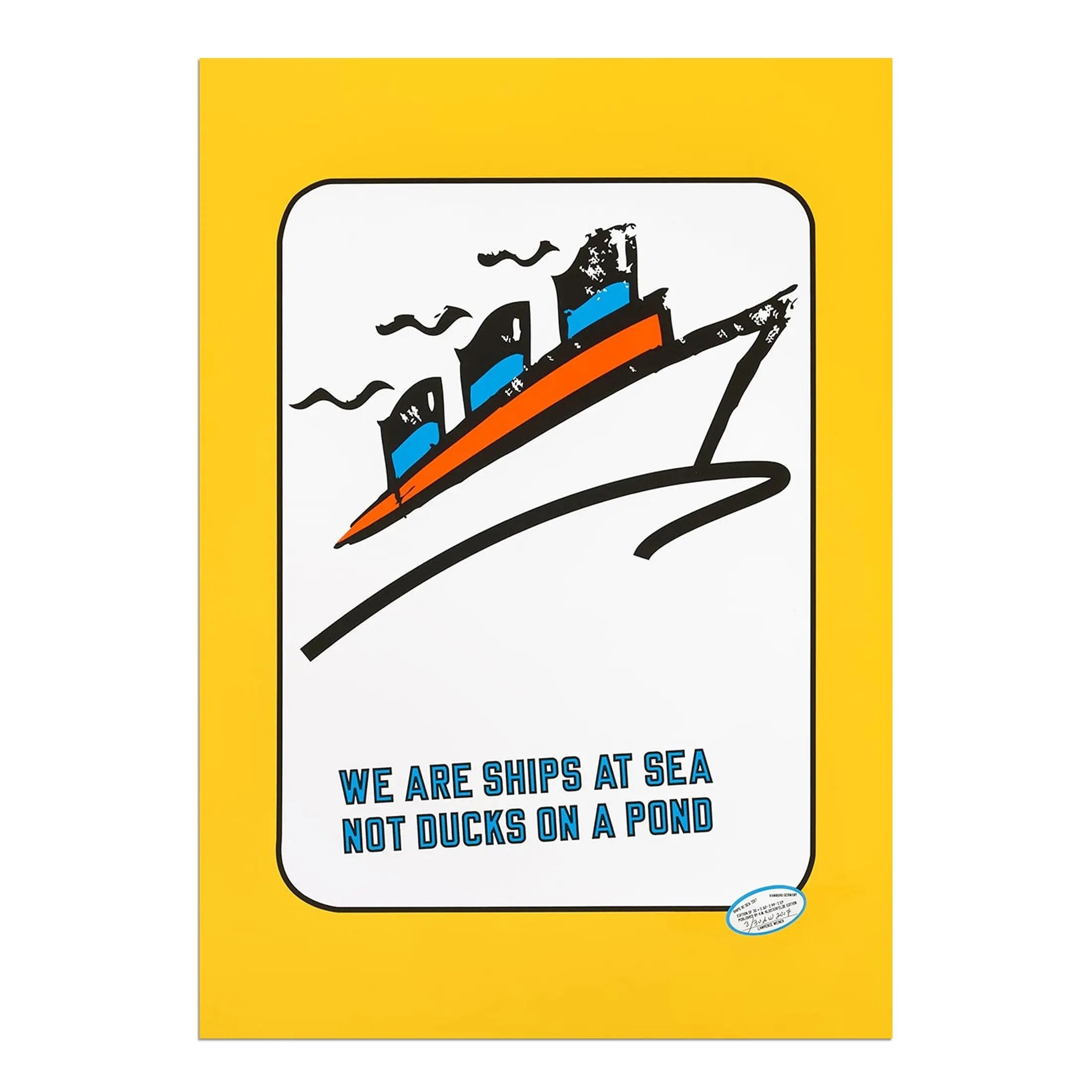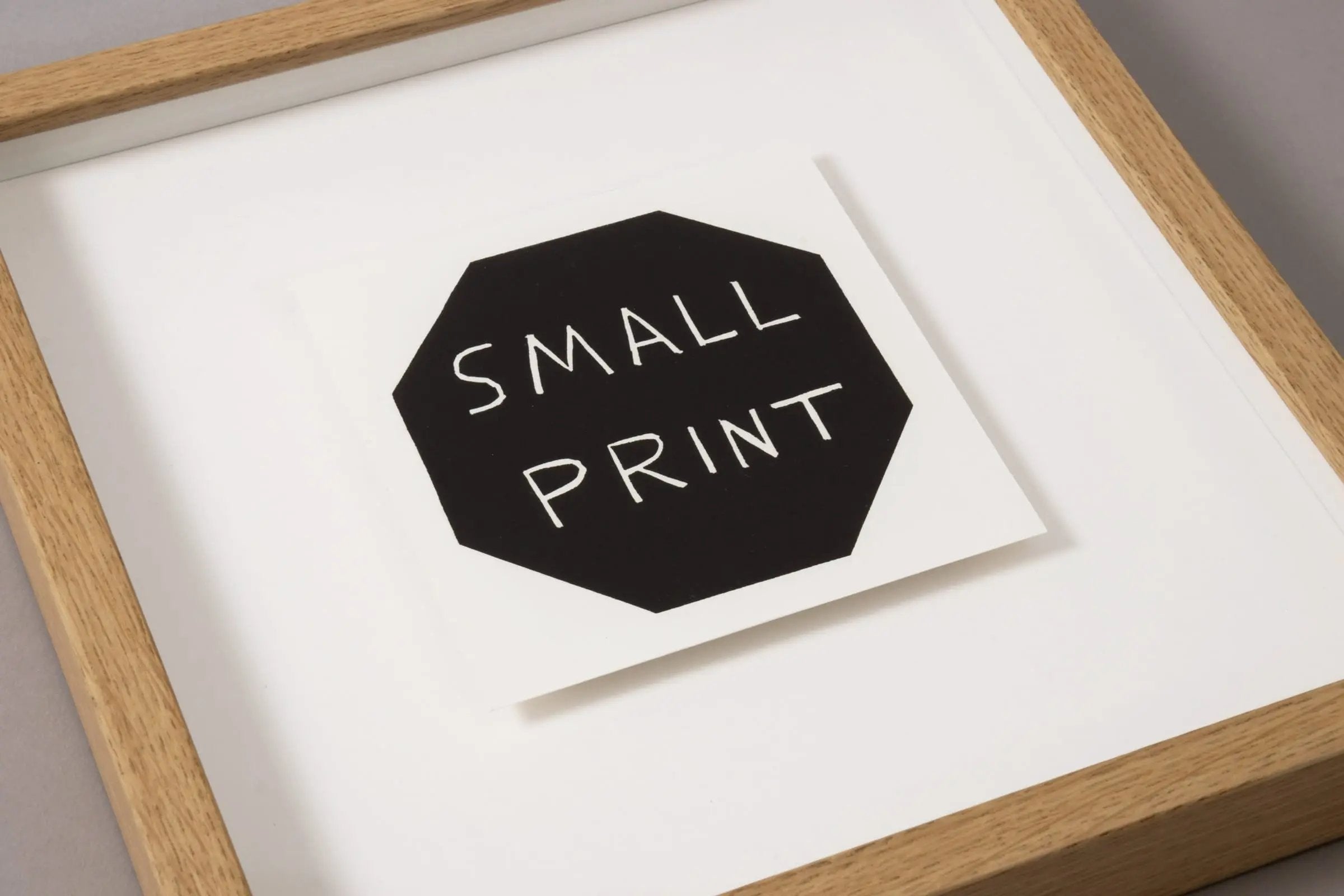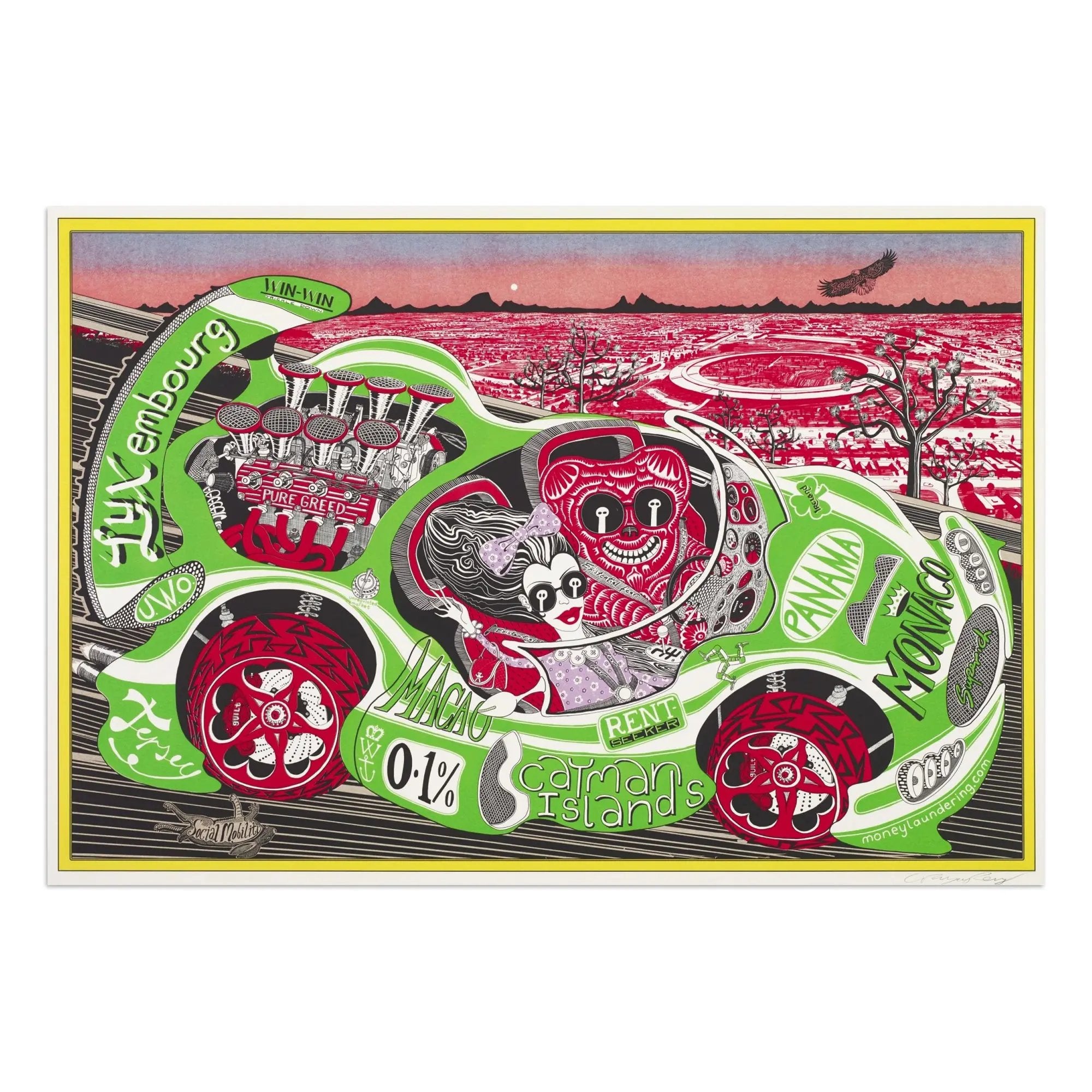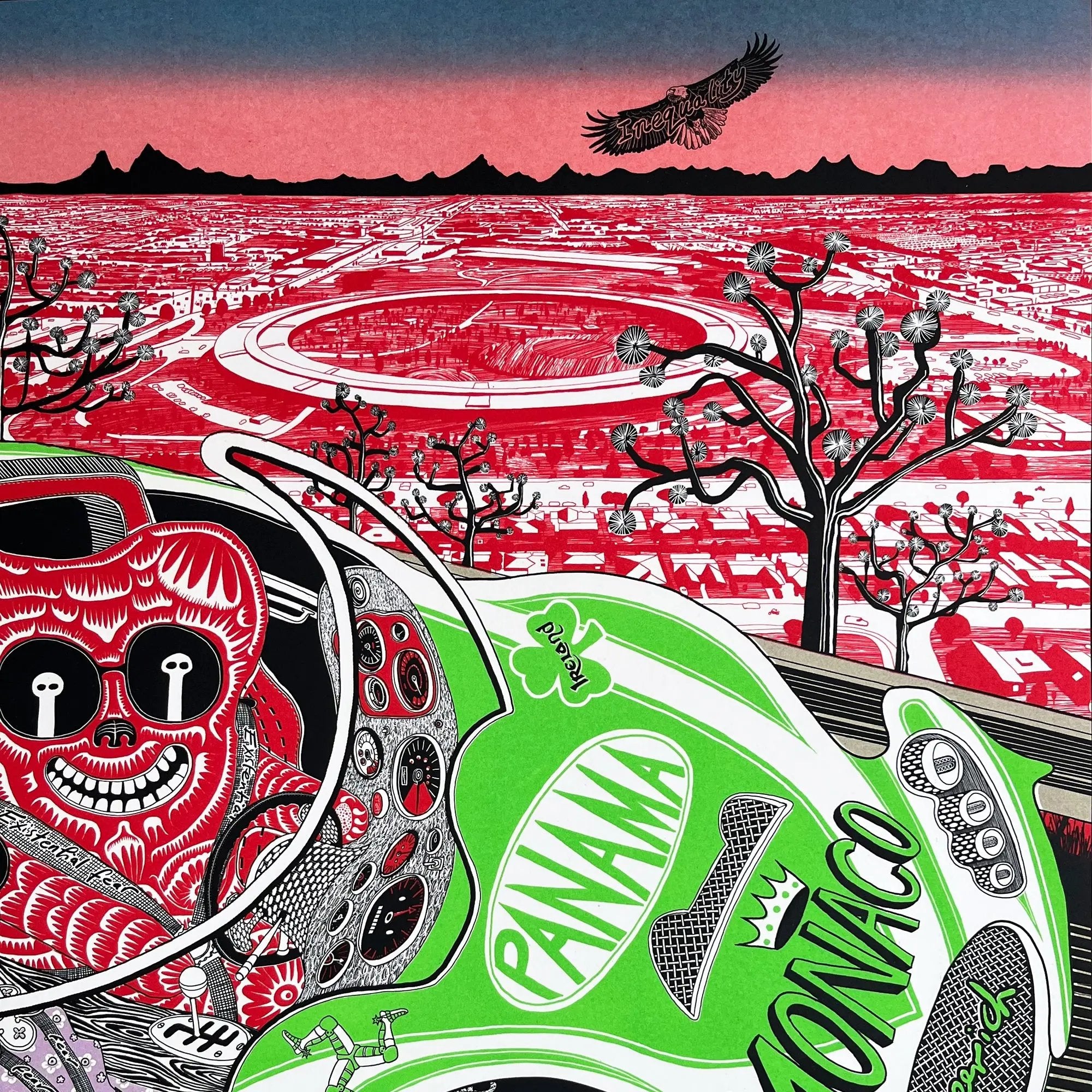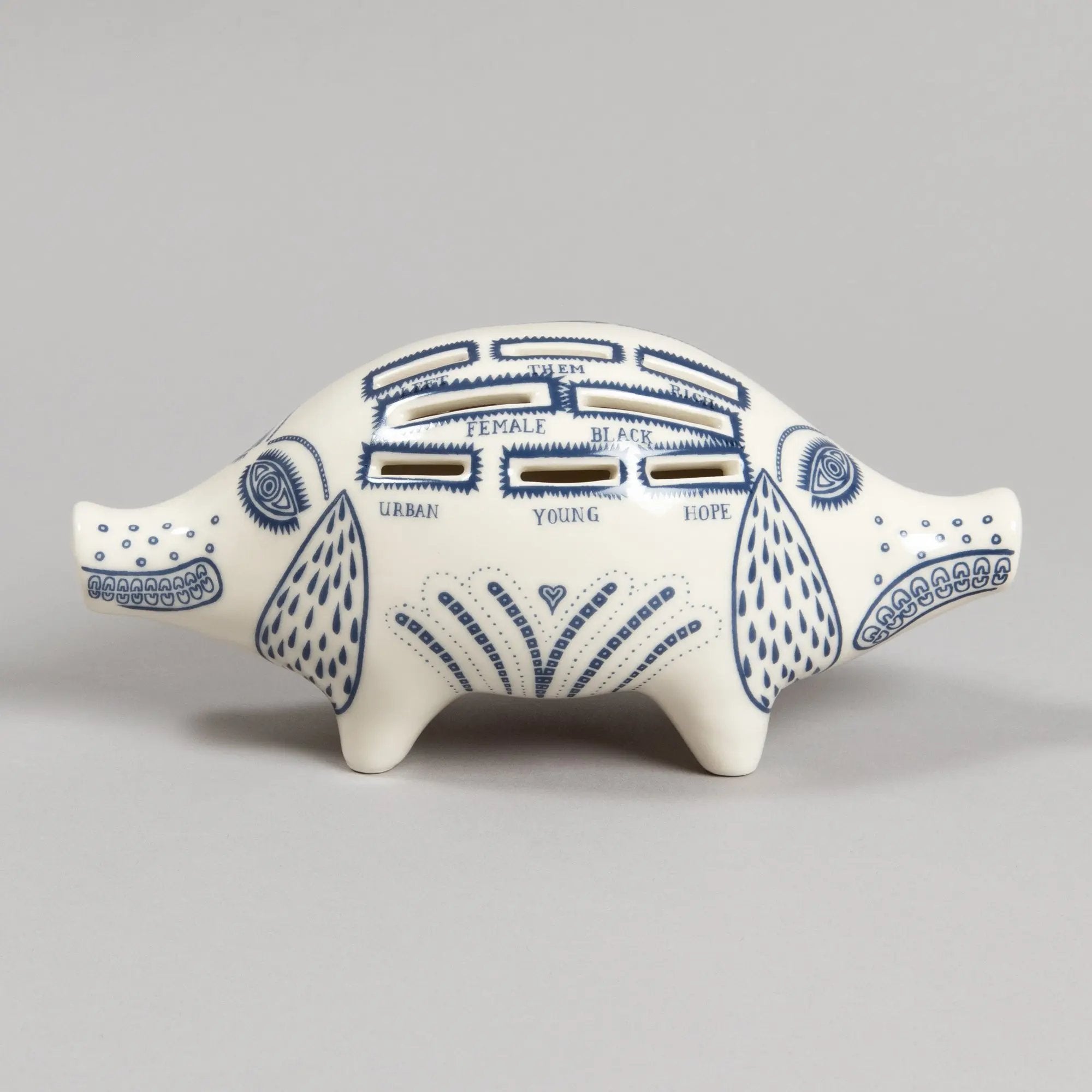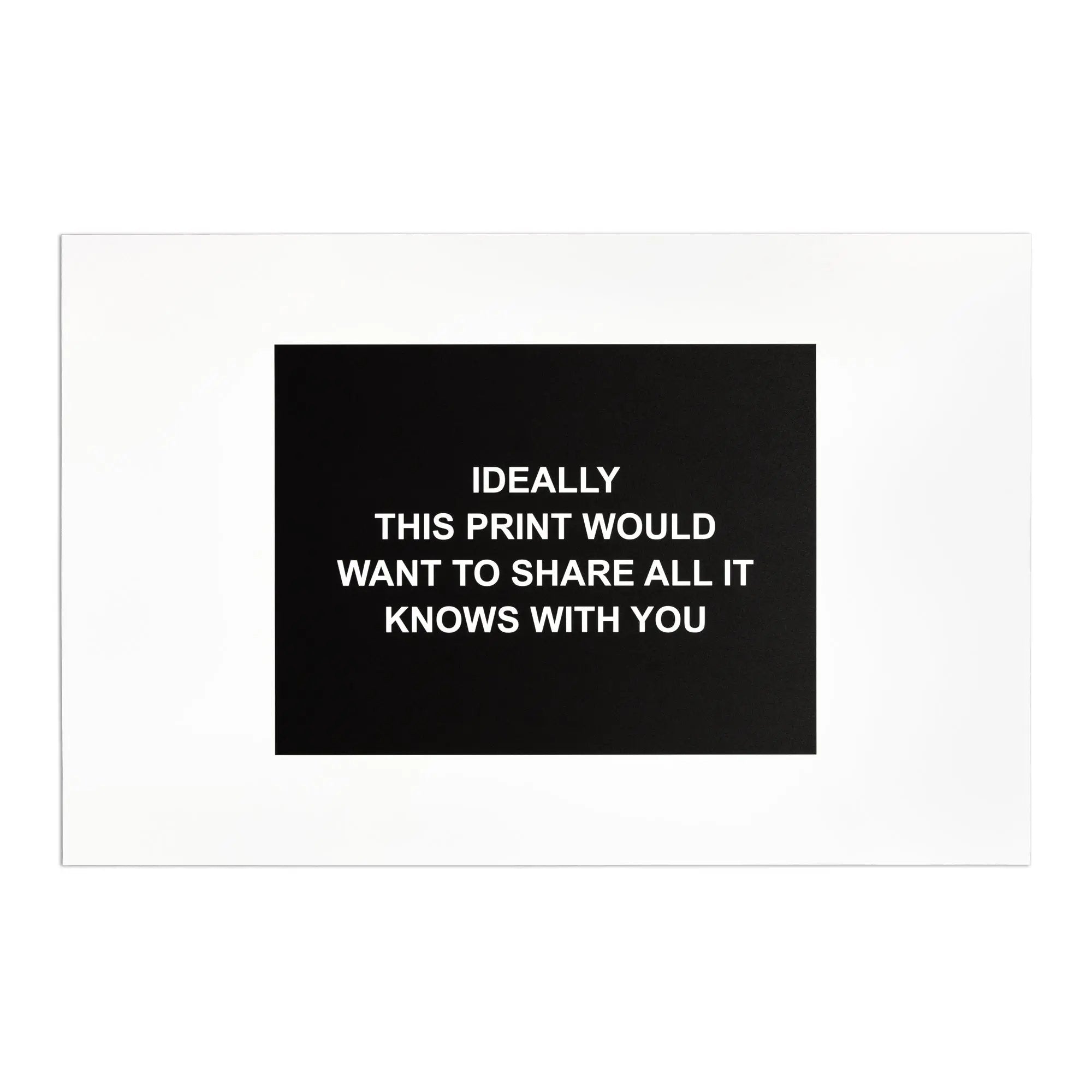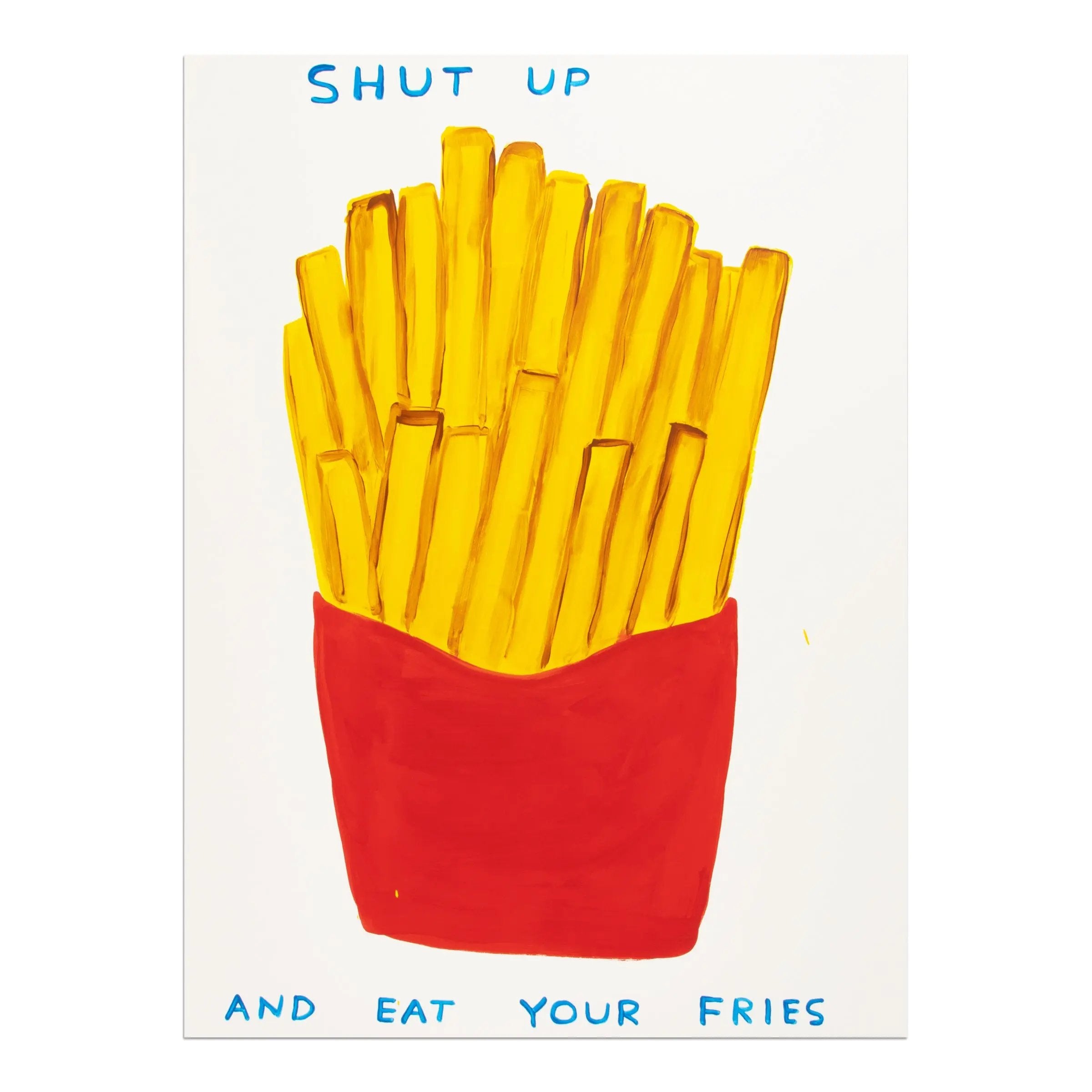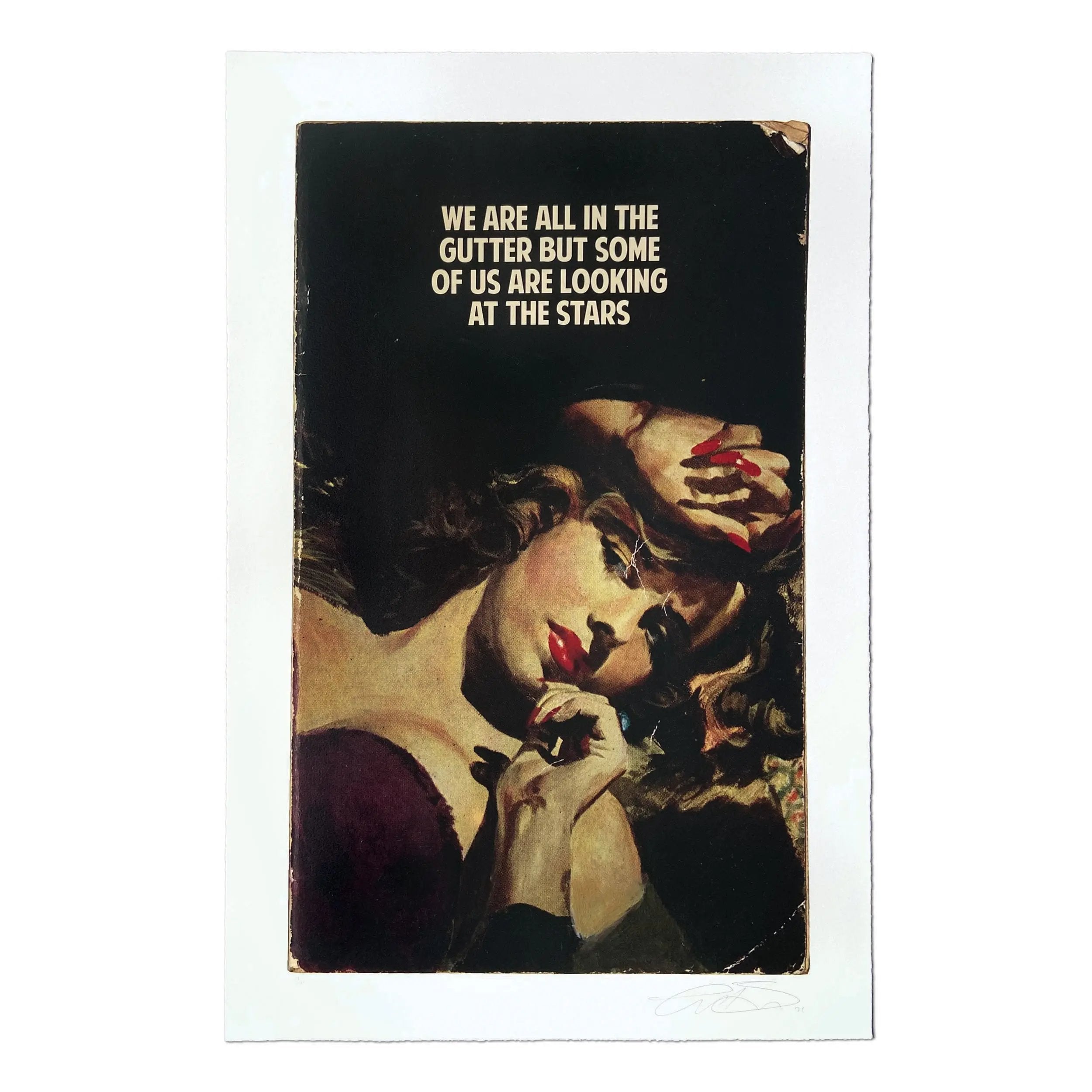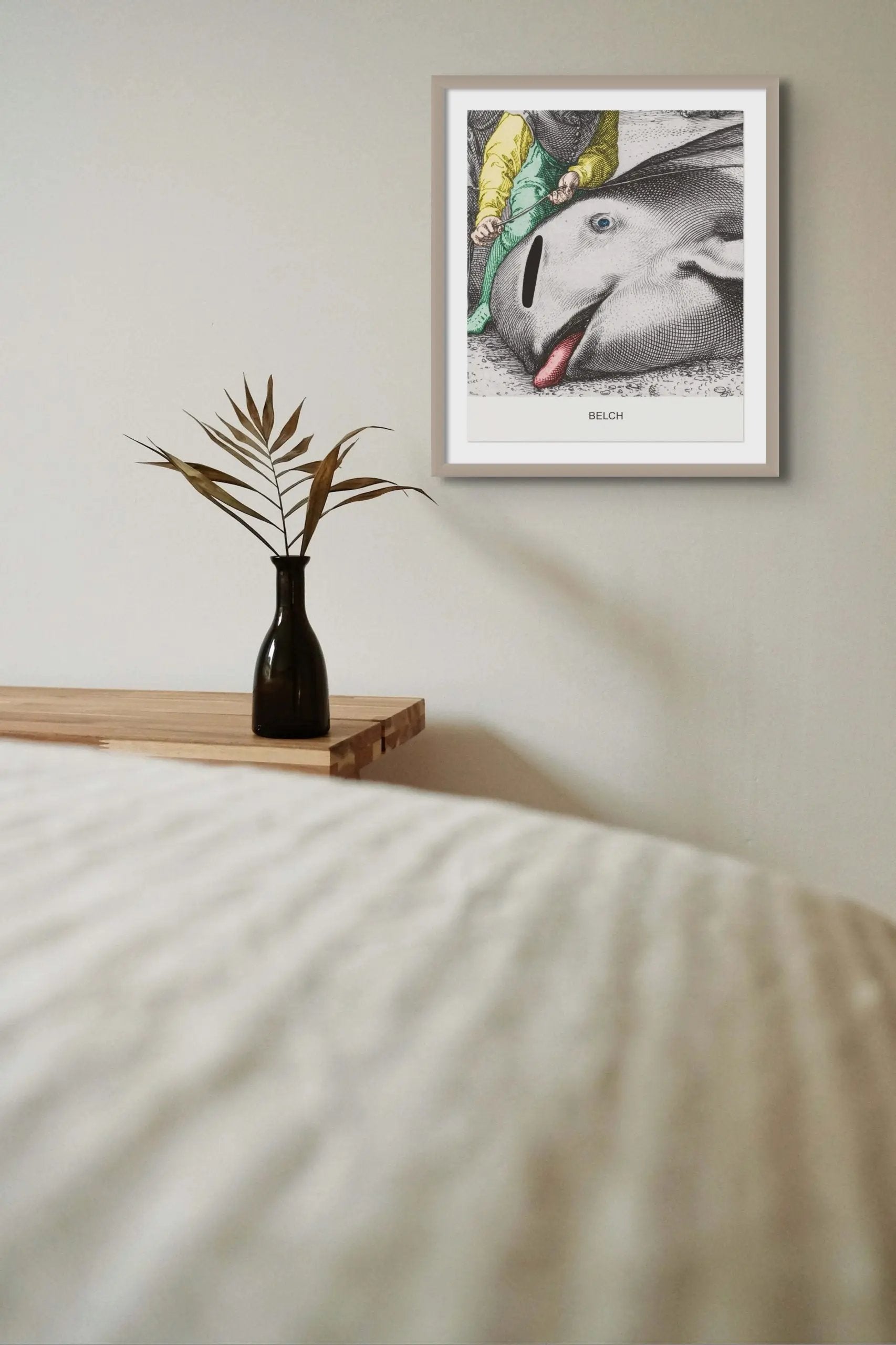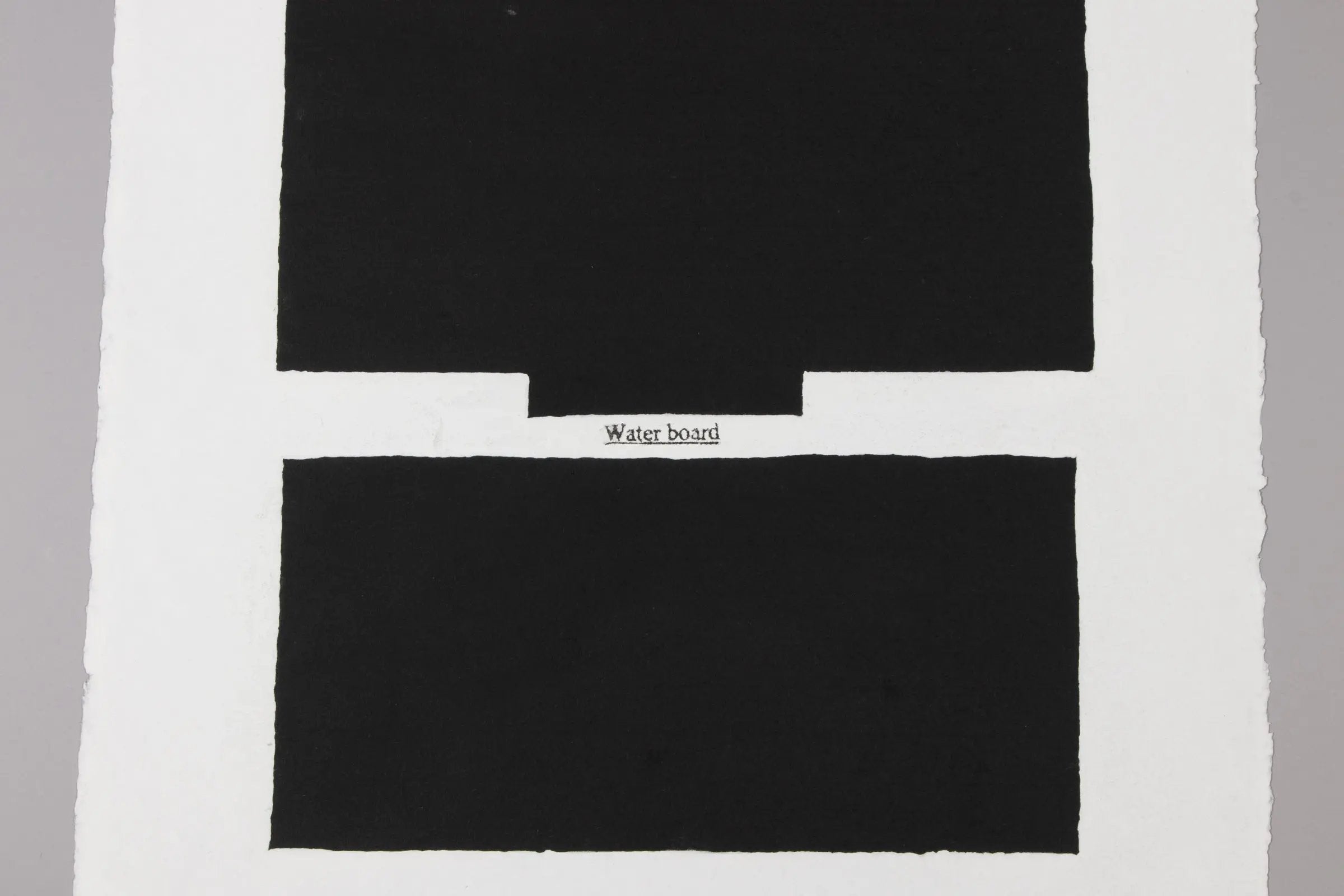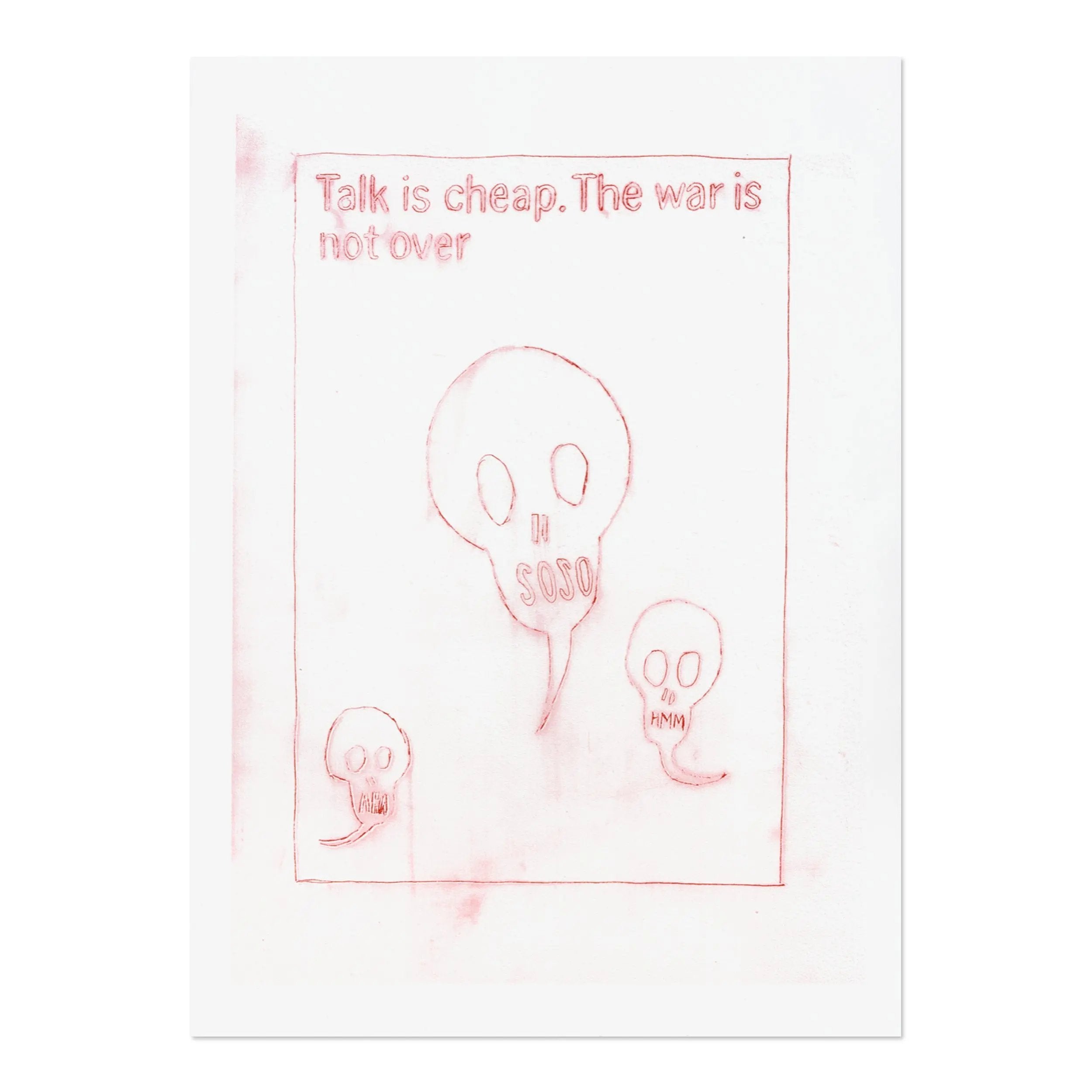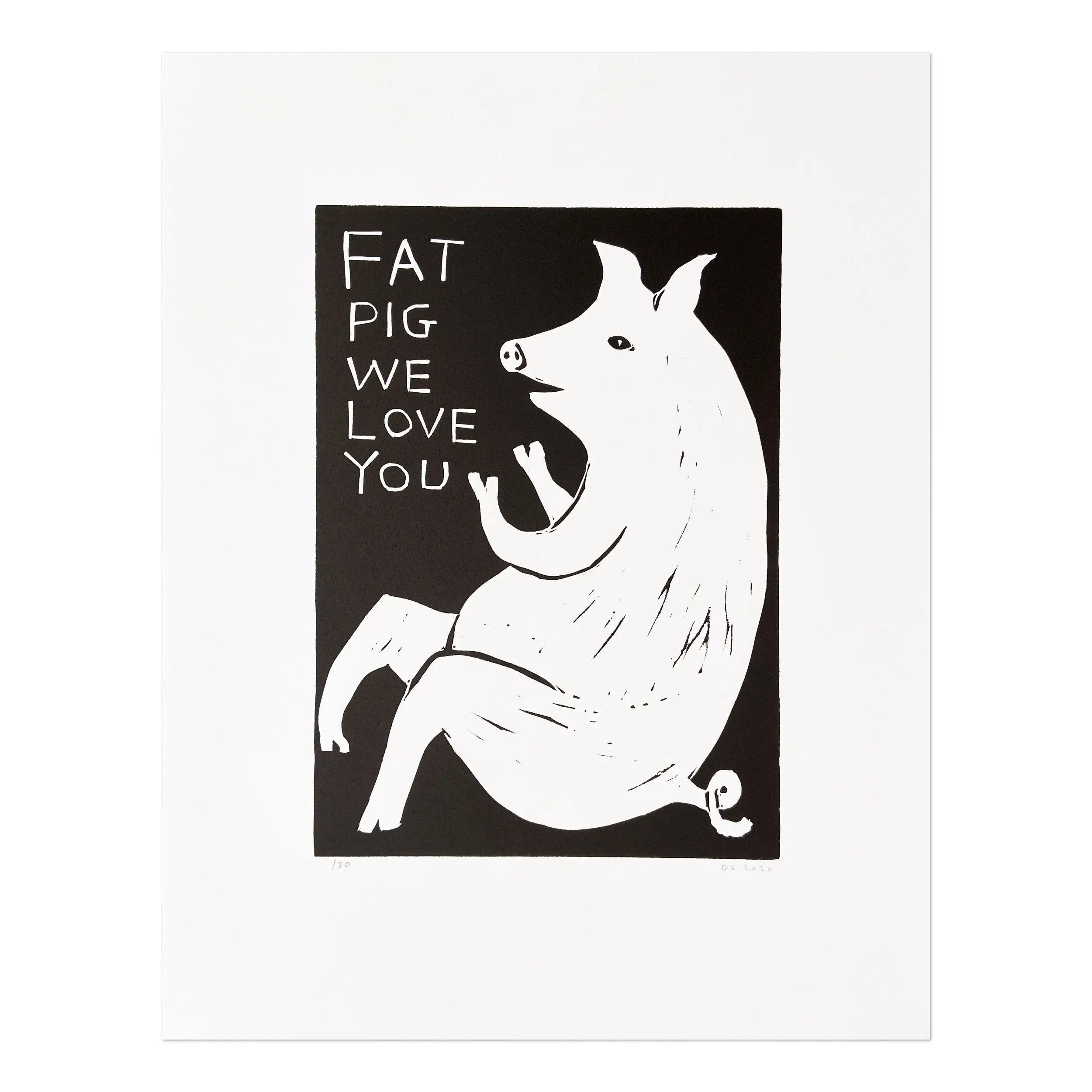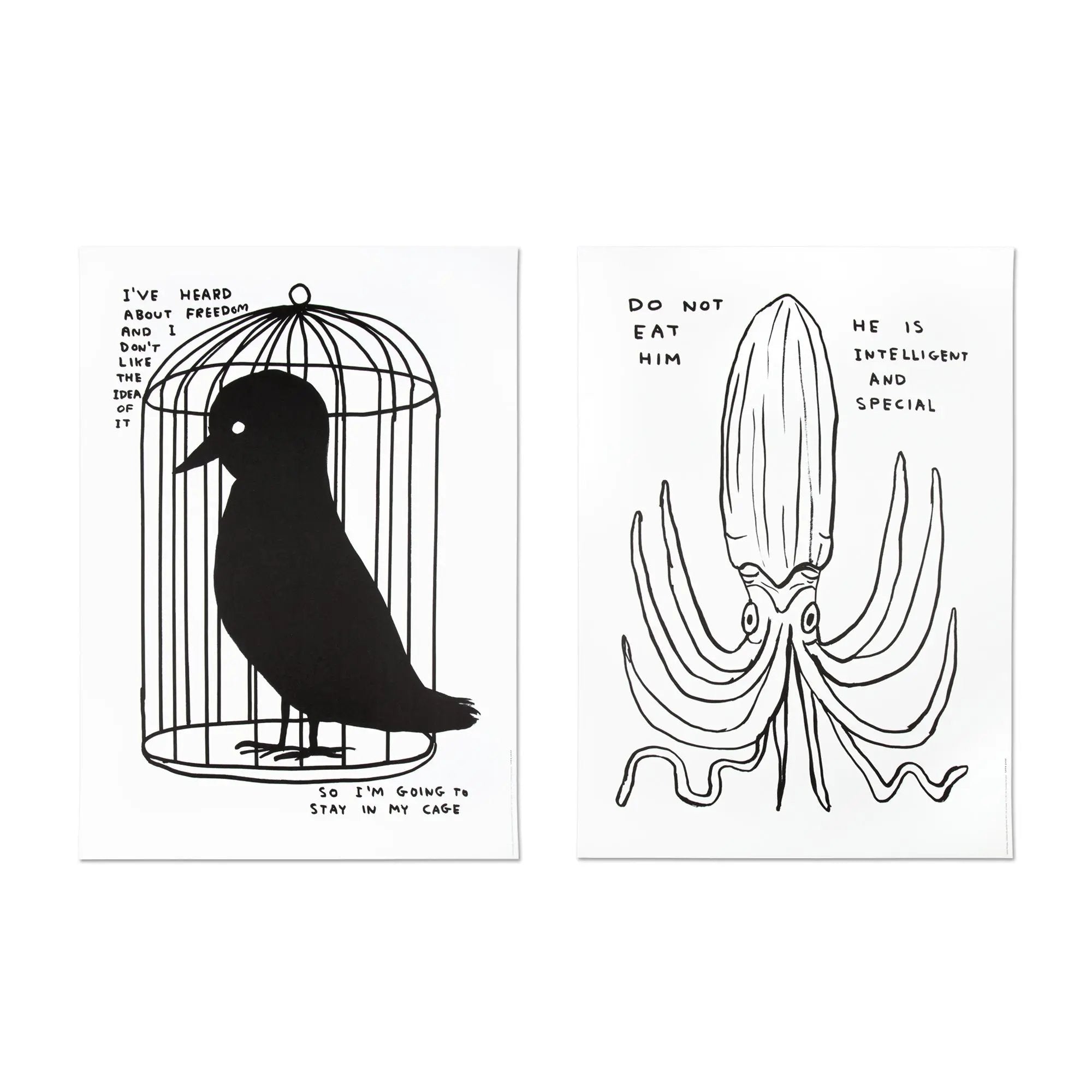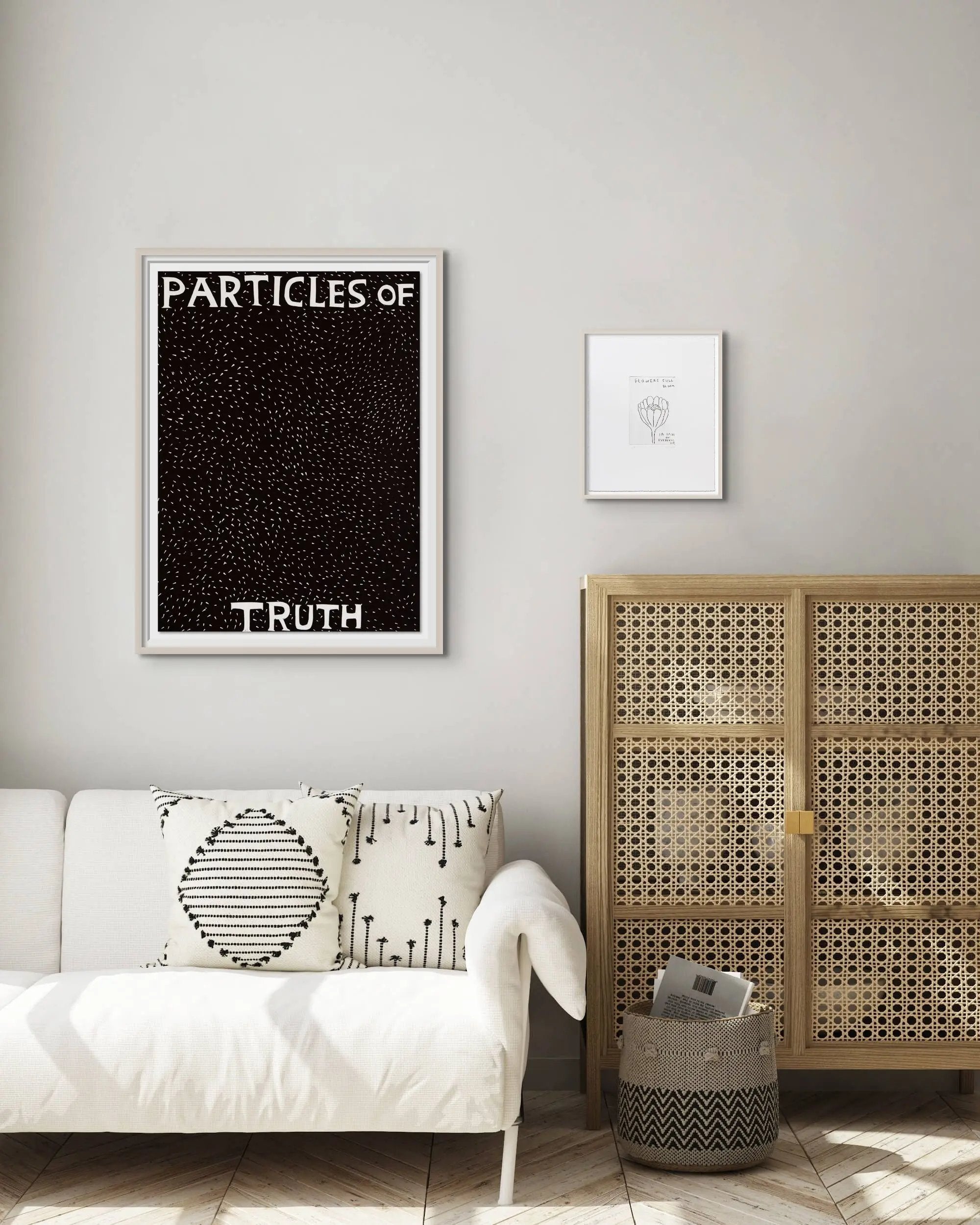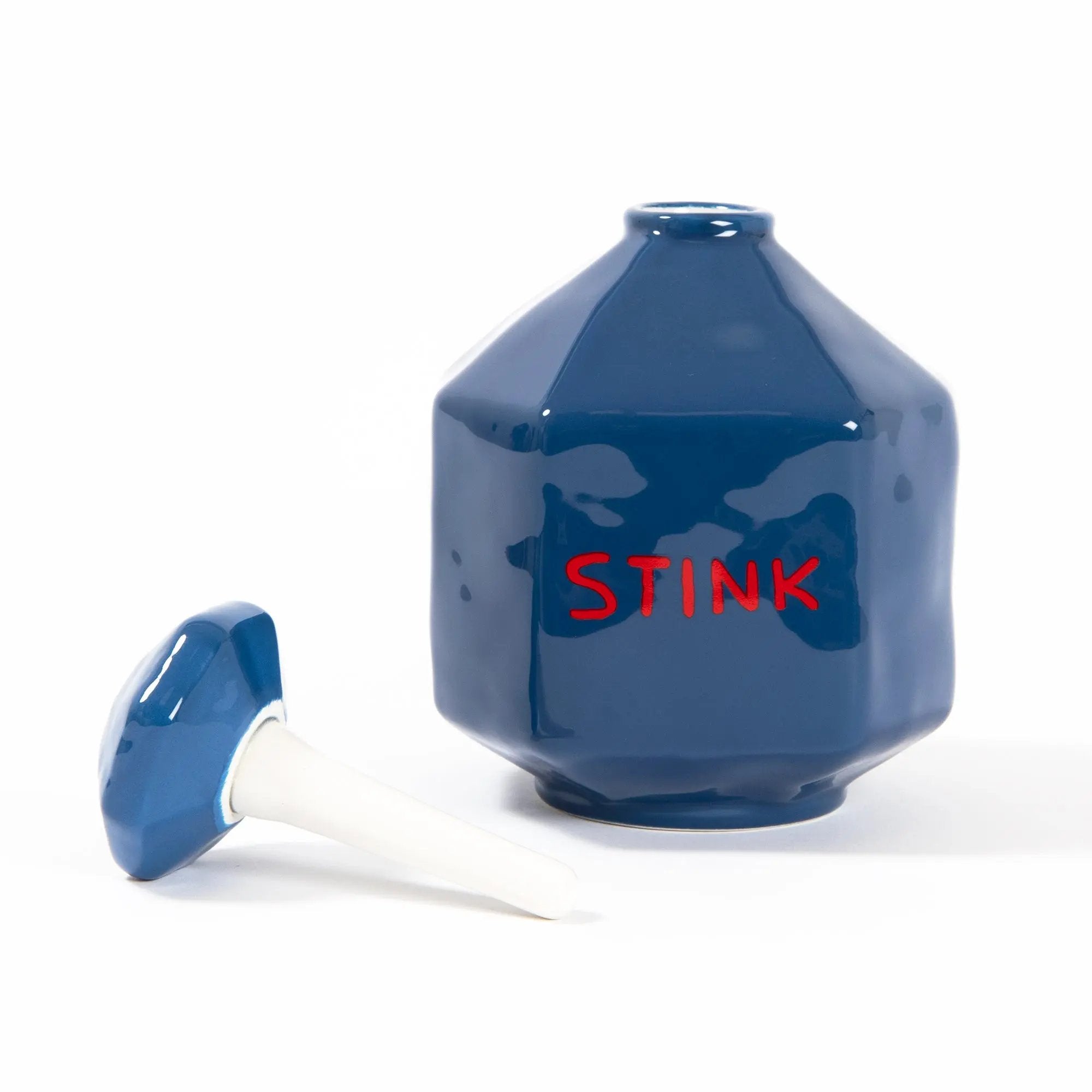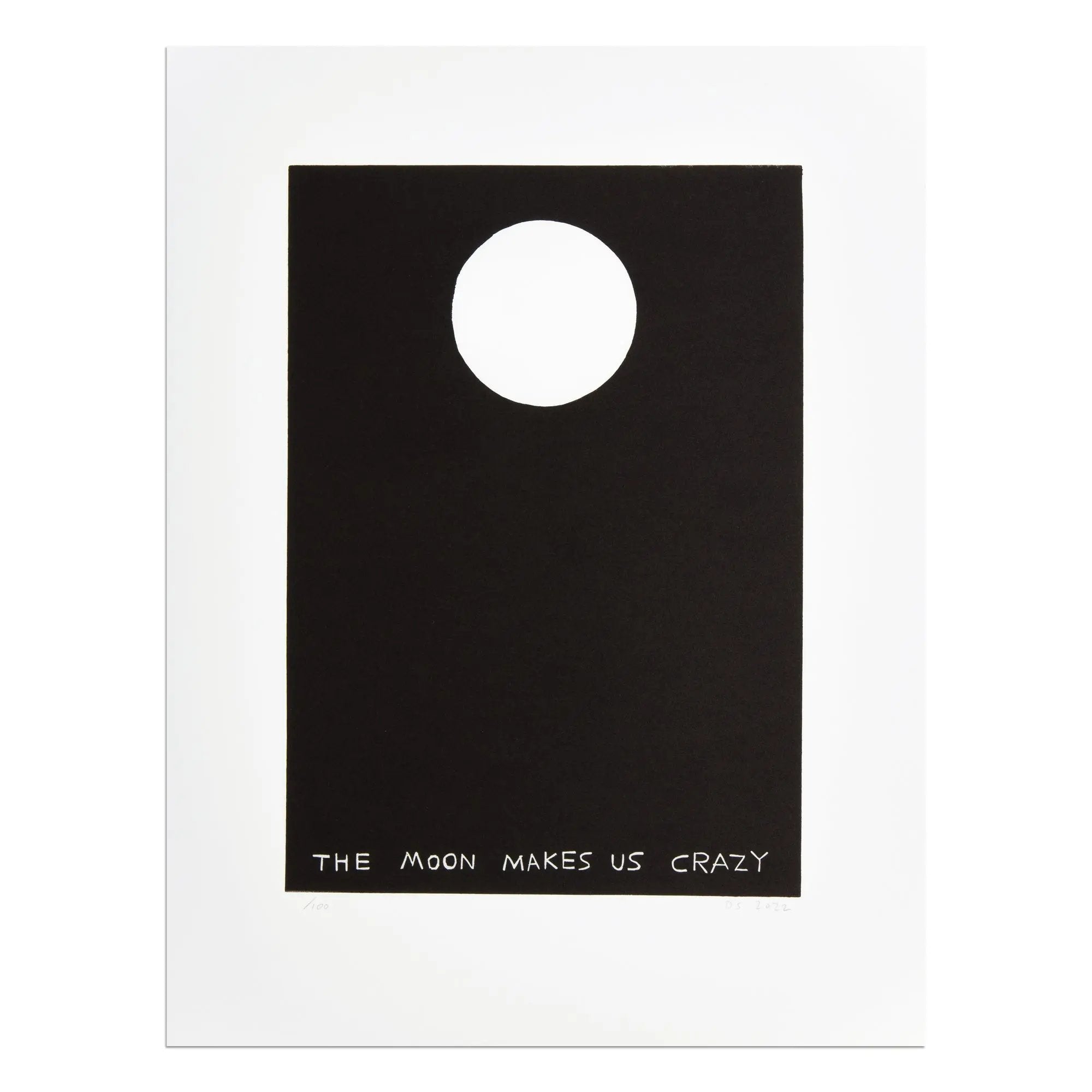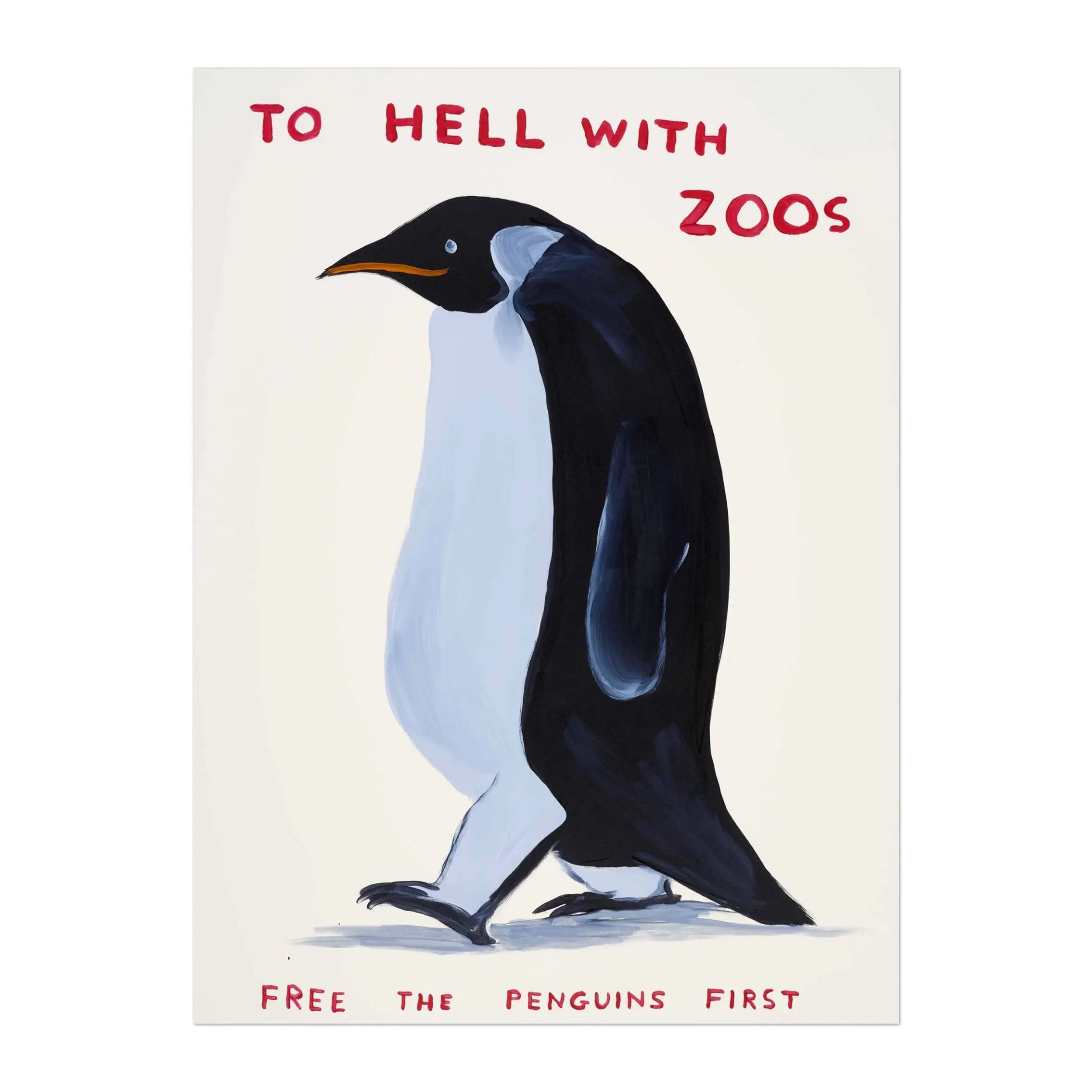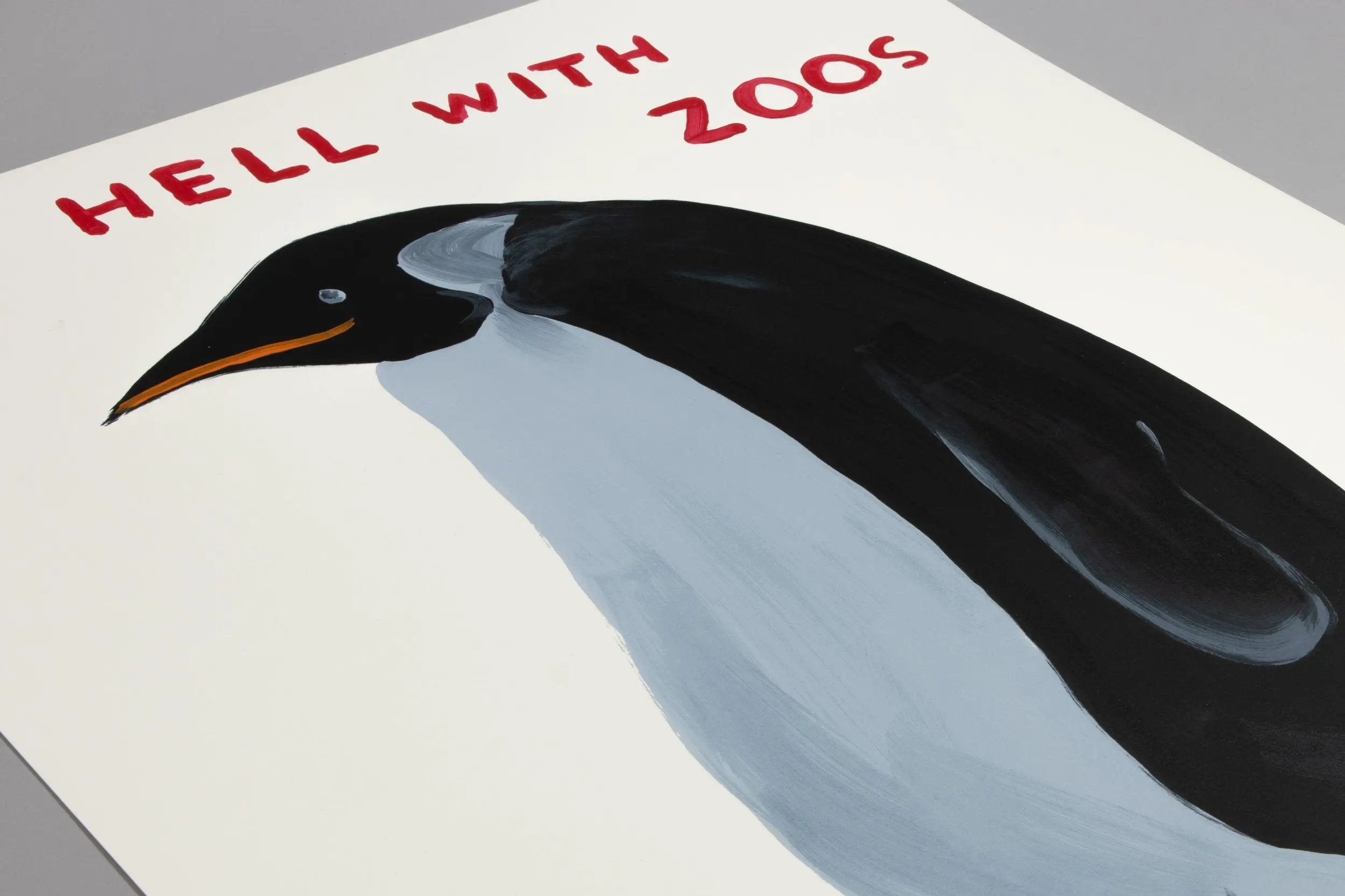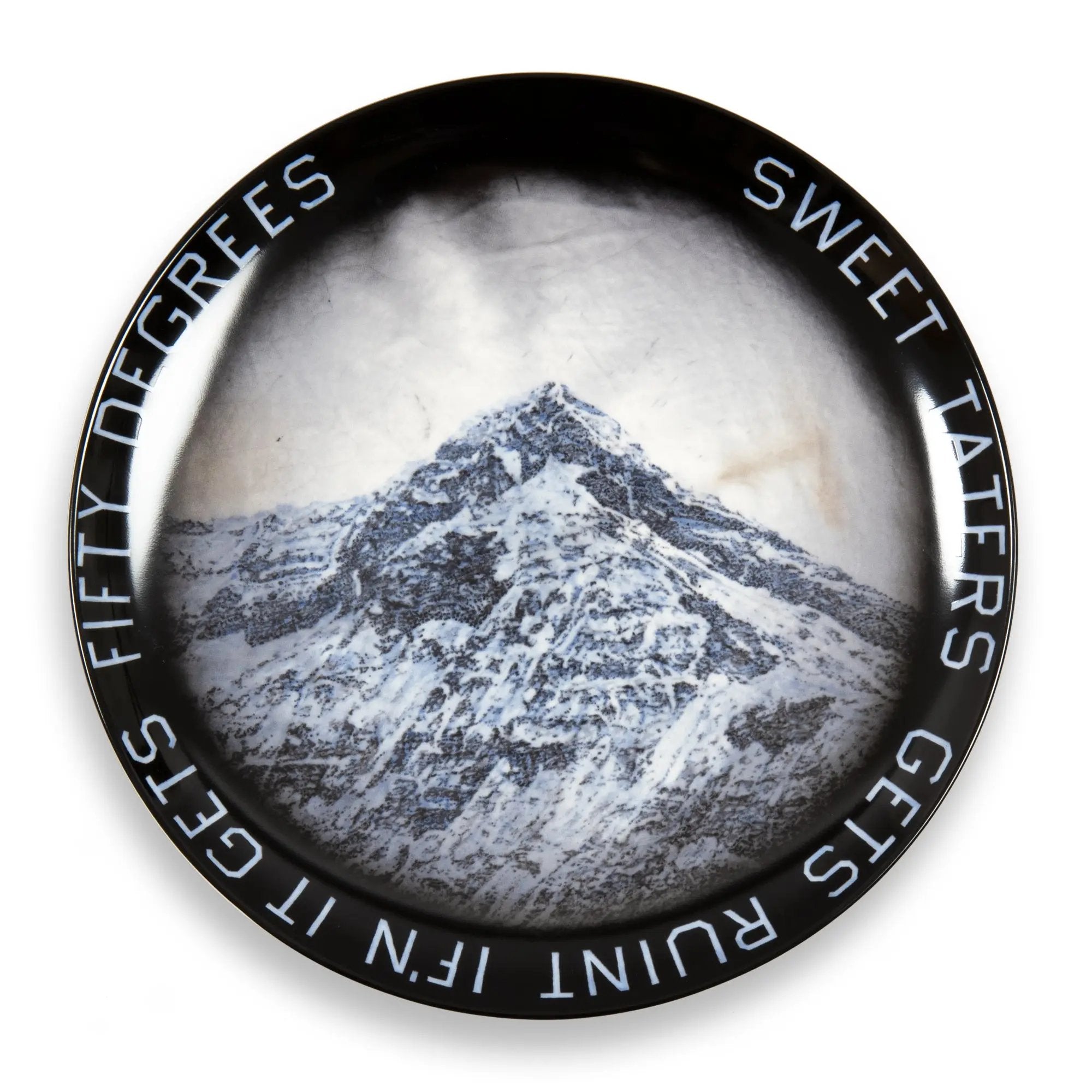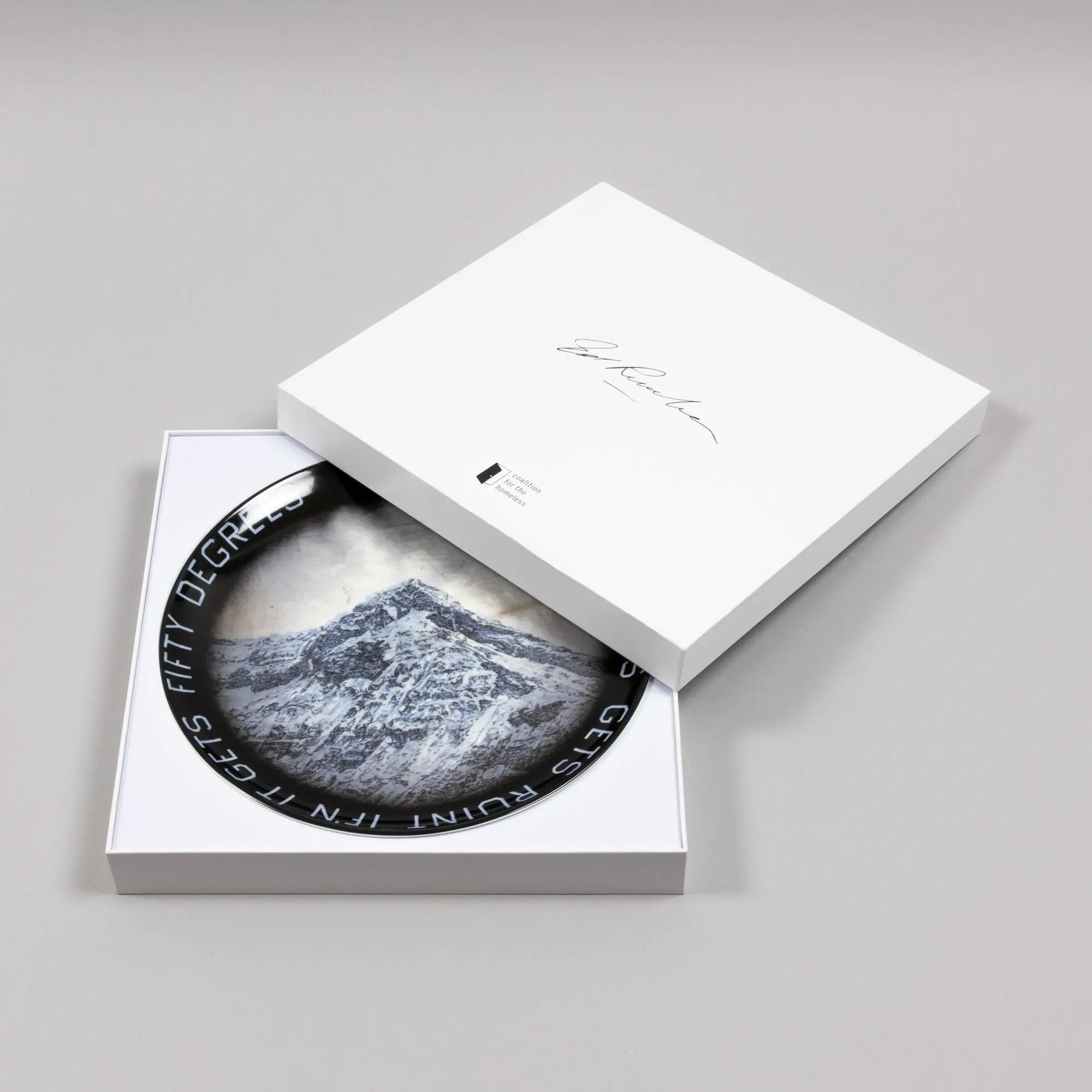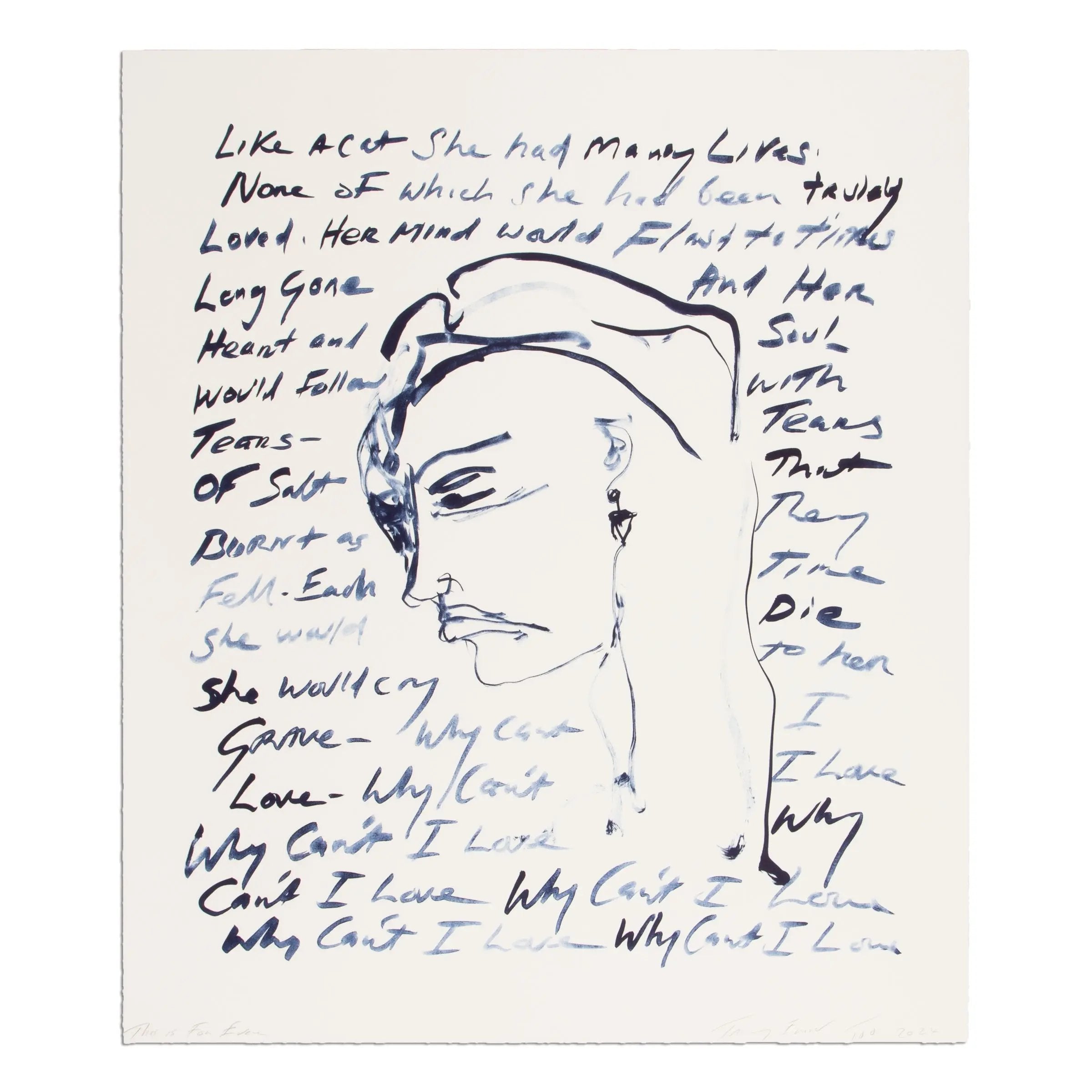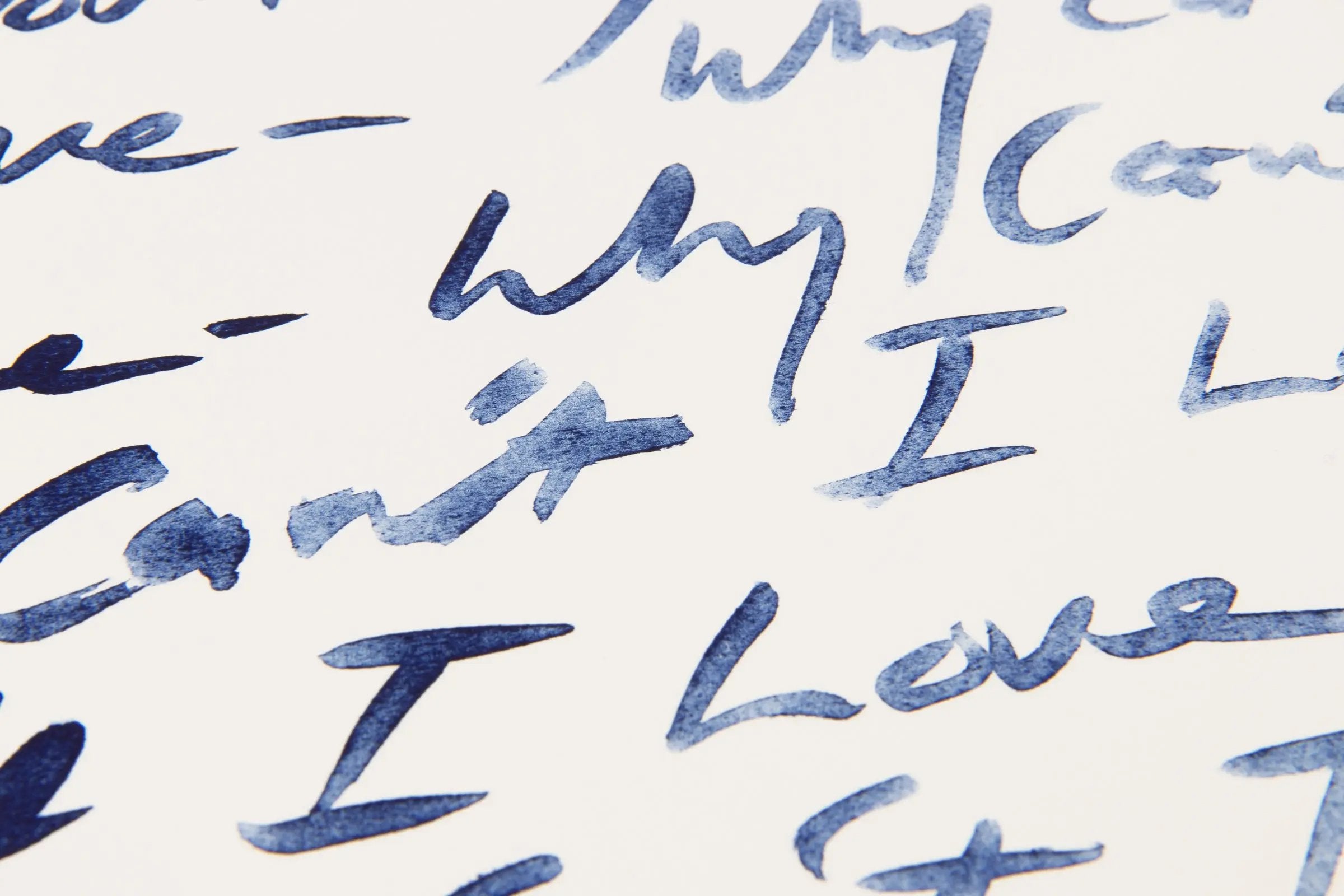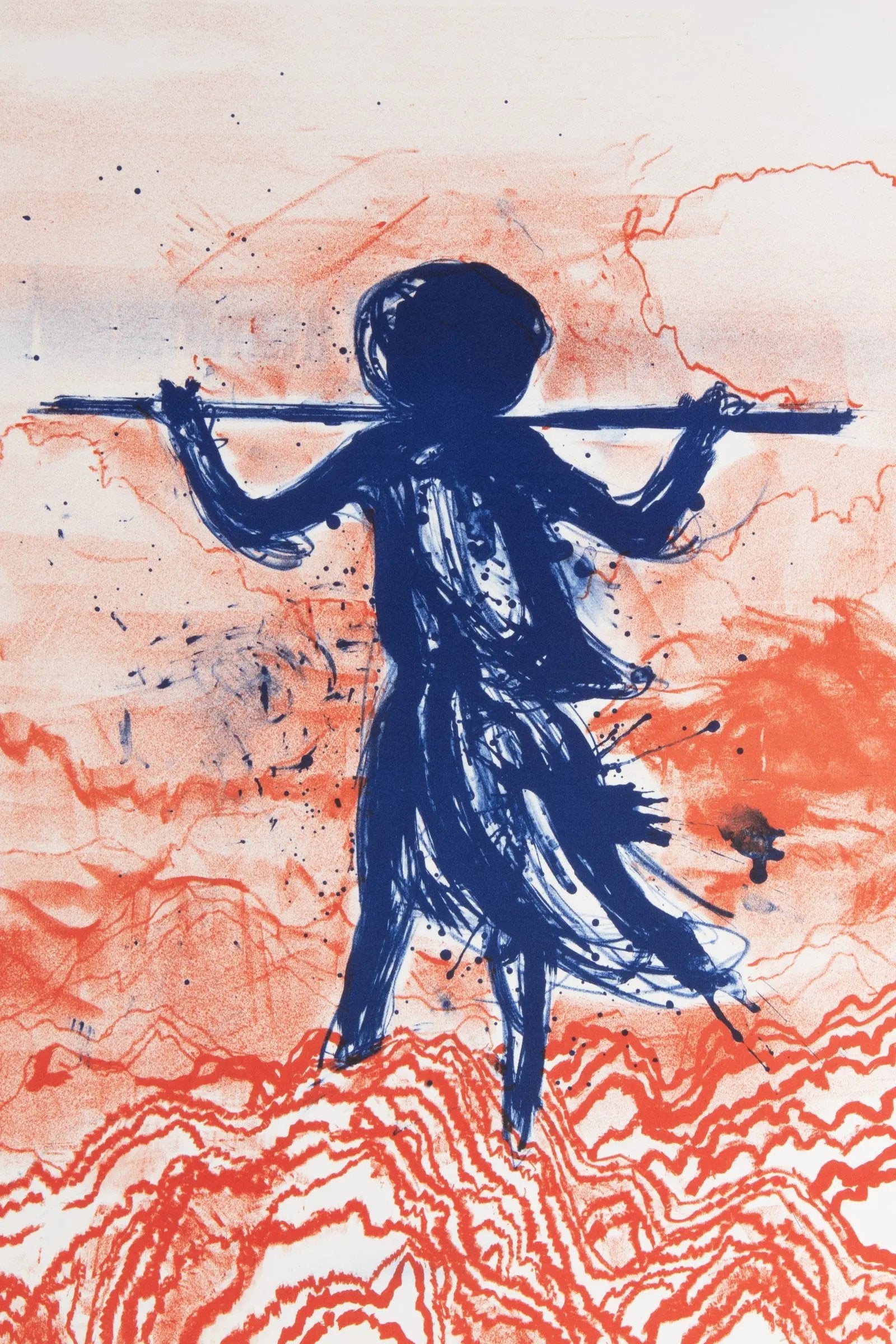Filters
55 products
Harland Miller - Hate's Outta Date
Sale price€12.000,00
Barbara Kruger - I Shop Therefore I Am
Sale price€2.000,00
Joseph Kosuth - L'Essence de la rhétorique...
Sale price€1.800,00
Marcel Dzama - La Revolución va a Ser Femenina
Sale price€2.400,00
Joel Mesler - Thank You
Sale price€7.000,00
Ai Weiwei - Coca-Cola Glass Vase
Sale price€6.000,00
Laure Prouvost - This Print Wishes to Be On the Other Side of This Wall
Sale price€1.500,00
Banksy - Welcome Mat
Sale price€3.400,00
David Shrigley - The World
Sale price€4.900,00
Santiago Sierra - Door Plate
Sale price€13.000,00
Lawrence Weiner - How Much is Enough
Sale price€14.500,00
David Shrigley - Talk to the Hand
Sale price€2.600,00
Marcel Dzama - The Arrow of Truth
Sale price€2.400,00
Jenny Holzer - AKA
Sale price€3.500,00
Ed Ruscha - America Whistles
Sale price€9.500,00
Jenny Holzer - Inflammatory Essays
Sale price€7.000,00
Barbara Kruger - Culture Nature Vase
Sale price€2.900,00
Wolfgang Tillmans - Wie wahrscheinlich ist es...
Sale price€2.000,00
Adam Pendleton - Who Is Queen?
Sale price€12.500,00
Lawrence Weiner - We Are Ships at Sea Not Ducks on a Pond
Sale price€2.900,00
David Shrigley - Small Print
Sale price€850,00
Joseph Kosuth - Map to Indicate (E.L., L.C.)
Sale price€4.700,00
Grayson Perry - Piggy Bank
Sale price€1.500,00
David Shrigley - Shut Up and Eat Your Fries
Sale price€2.600,00
The Connor Brothers - We Are All in the Gutter
Sale price€1.600,00
John Baldessari - Belch
Sale price€2.800,00
John Baldessari - Give me a B, give me an A...
Sale price€1.600,00
Jenny Holzer - Water Board 0000090
Sale price€1.900,00
Lawrence Weiner - Wir sind keine Enten auf dem Teich
Sale price€3.000,00
Grayson Perry - Magical Thinking
Sale price€3.000,00
Daniel Richter - Talk is Cheap
Sale price€5.400,00
David Shrigley - Fat Pig We Love You
Sale price€2.600,00
David Shrigley - I Cannot Change my Spots
Sale price€2.800,00
David Shrigley - I Hate Human Beings
Sale price€4.500,00
David Shrigley - I've Heard About Freedom + Do Not Eat Him (2 Prints)
Sale price€990,00
David Shrigley - Particles of Truth
Sale price€2.900,00
David Shrigley - Stink
Sale price€2.800,00
Adam Pendleton - What is the Black Dada
Sale price€11.500,00
David Shrigley - The Moon Makes Us Crazy
Sale price€2.200,00
David Shrigley - To Hell With Zoos
Sale price€6.500,00
David Shrigley - We Won the Race
Sale price€2.800,00
Ed Ruscha - L.C.
Sale price€5.400,00
Ed Ruscha - Sweet Taters
Sale price€1.700,00
Tracey Emin – This is Forever
Sale price€7.800,00
Daniel Richter – Greif zur Feder
Sale price€1.900,00

01

02
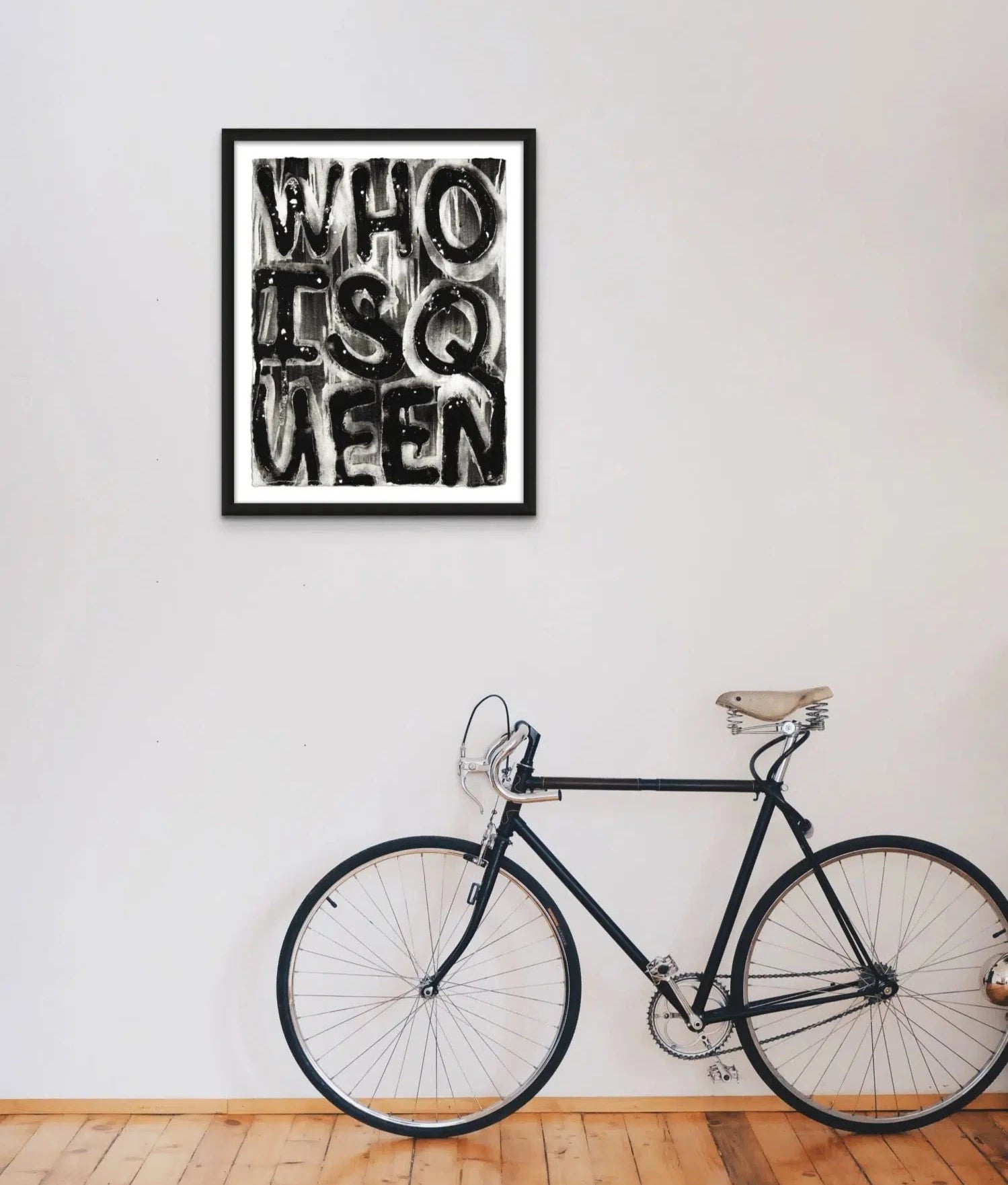
03
01
02
03



